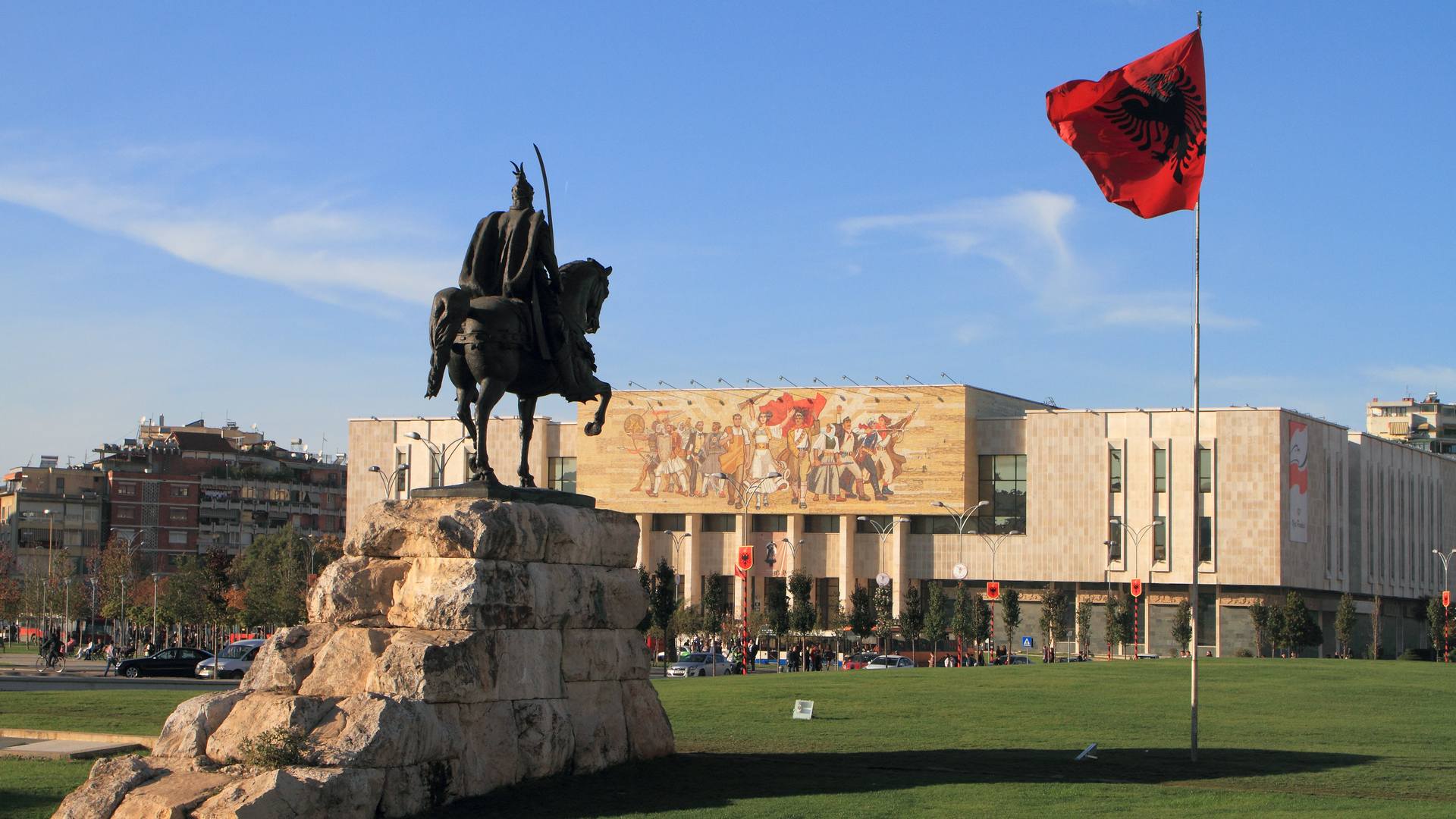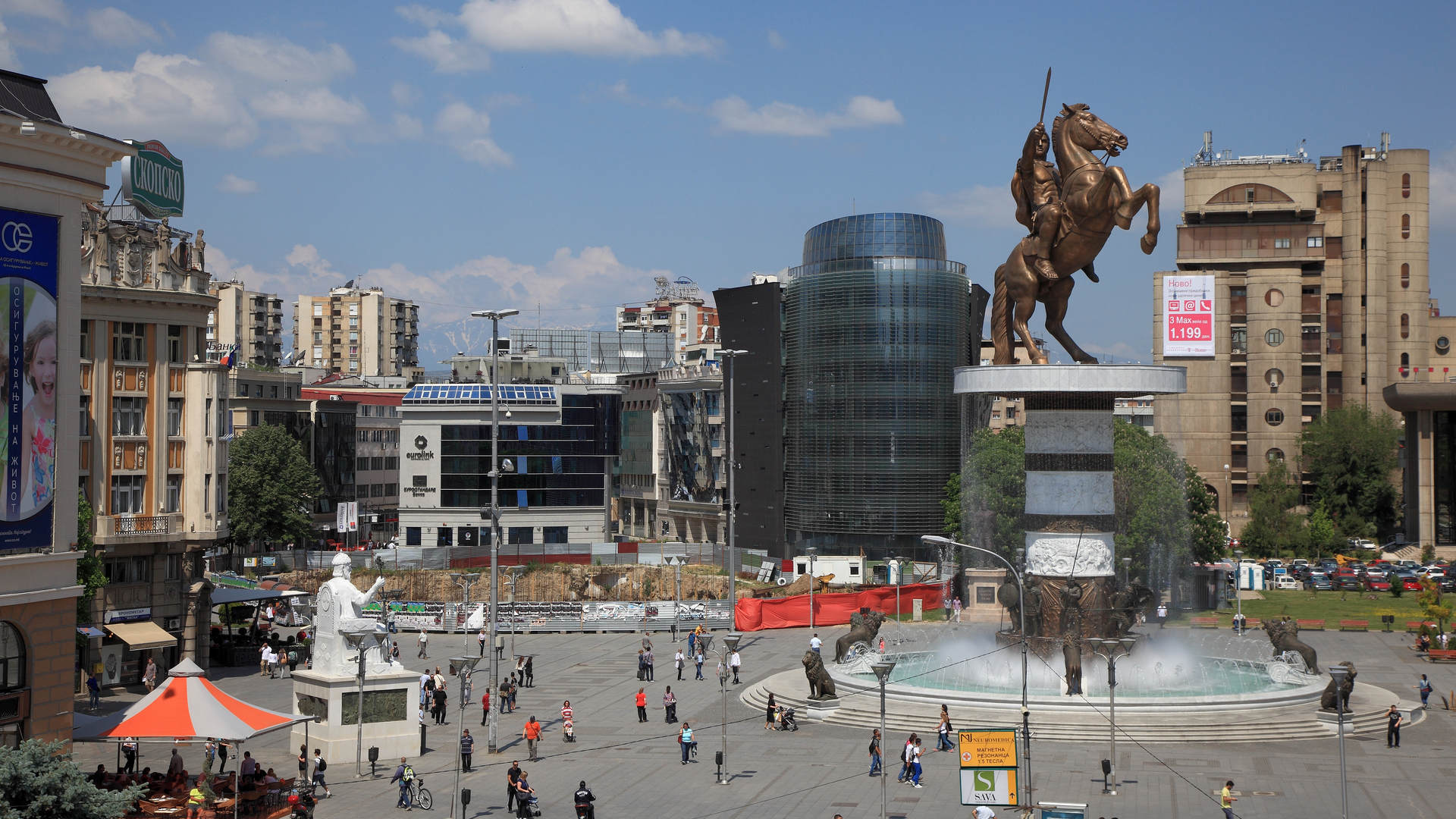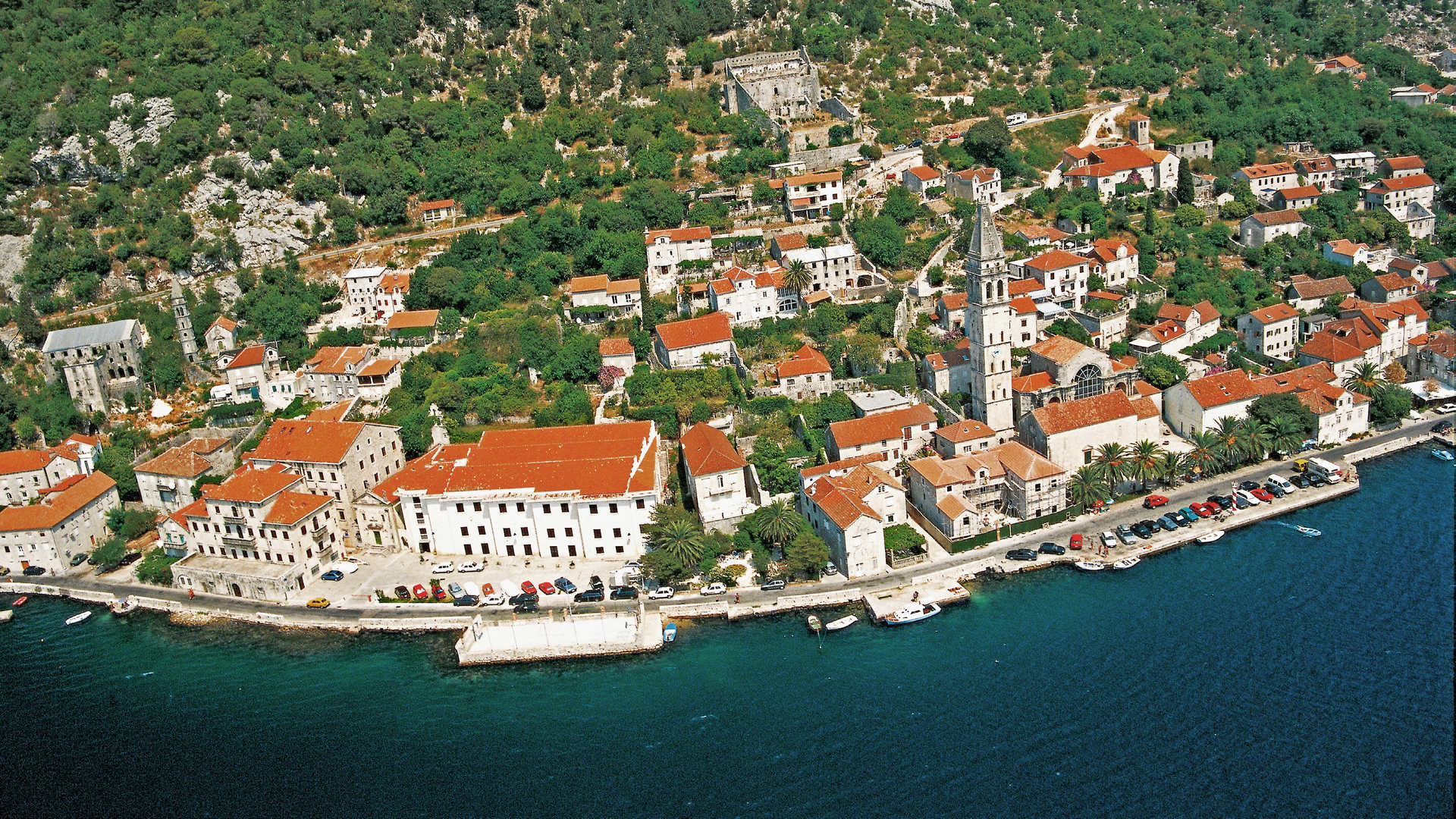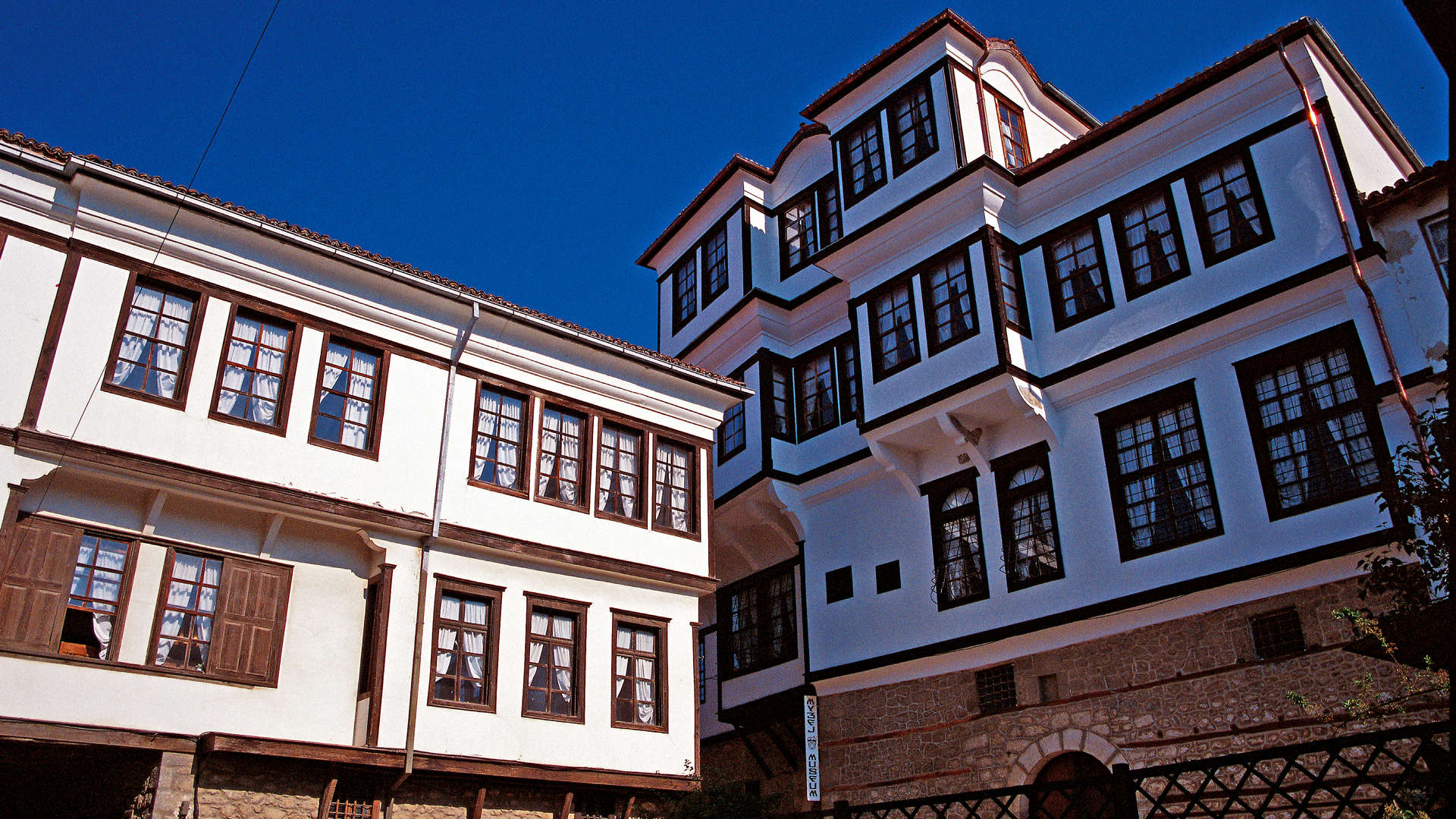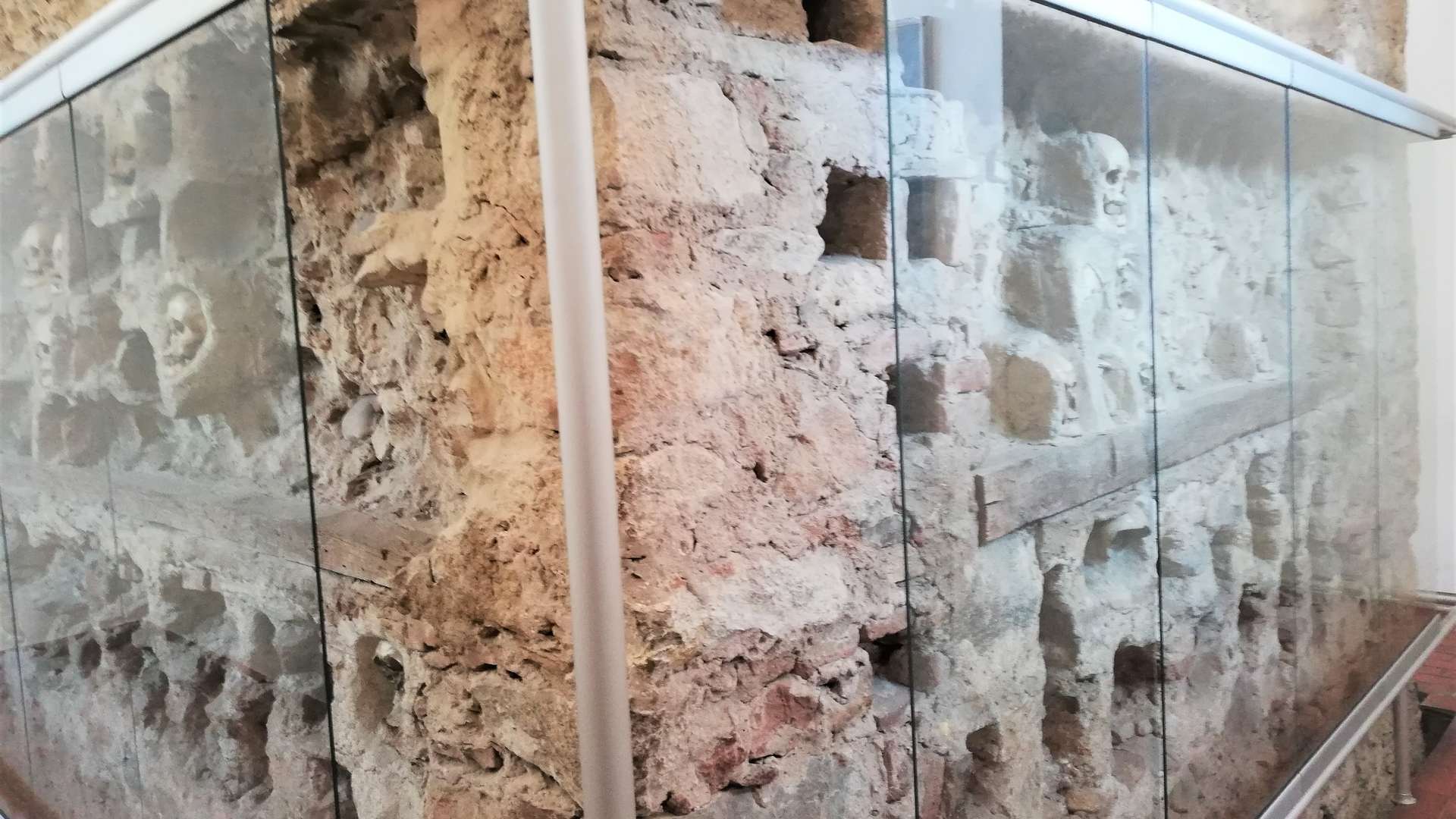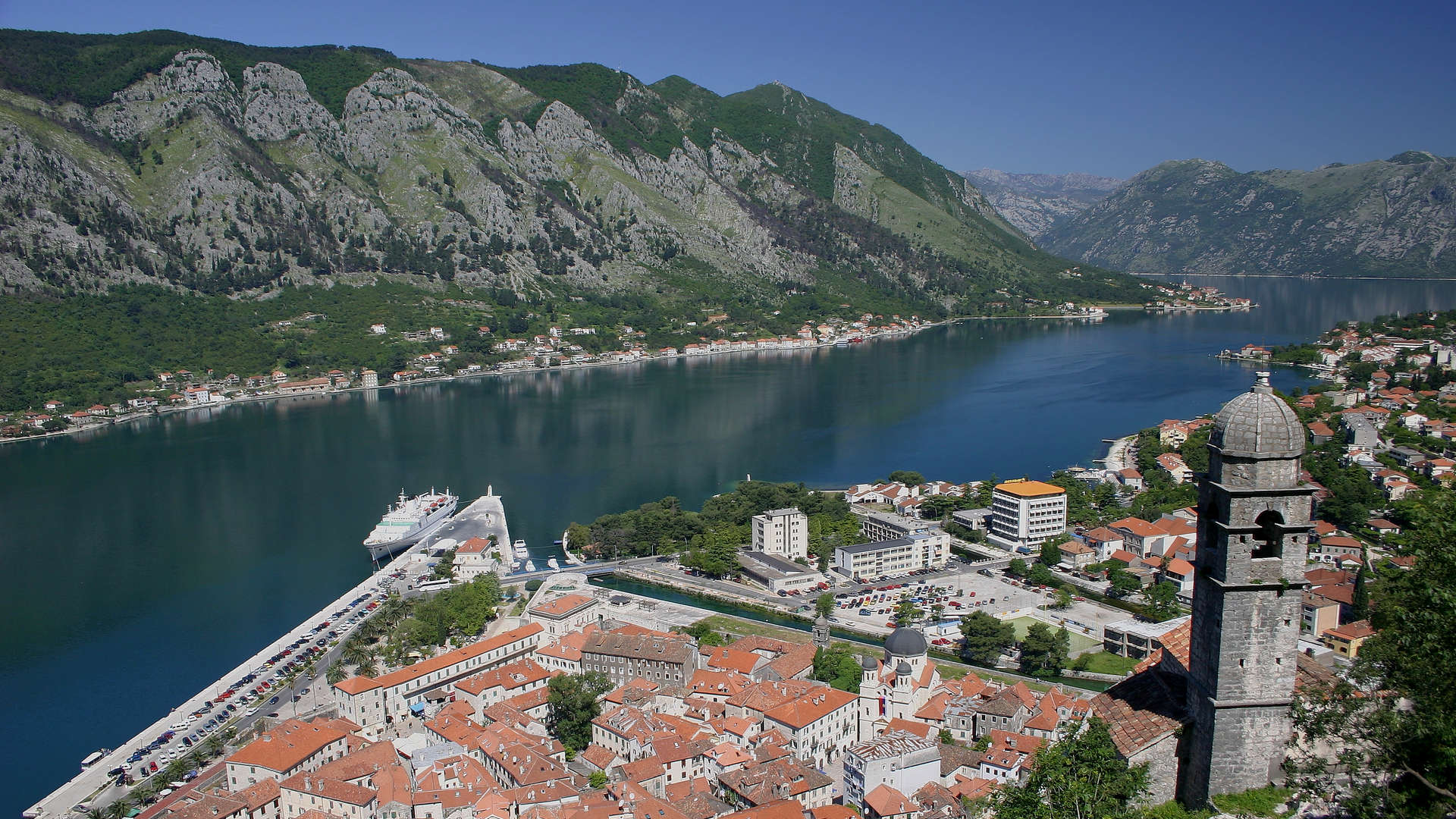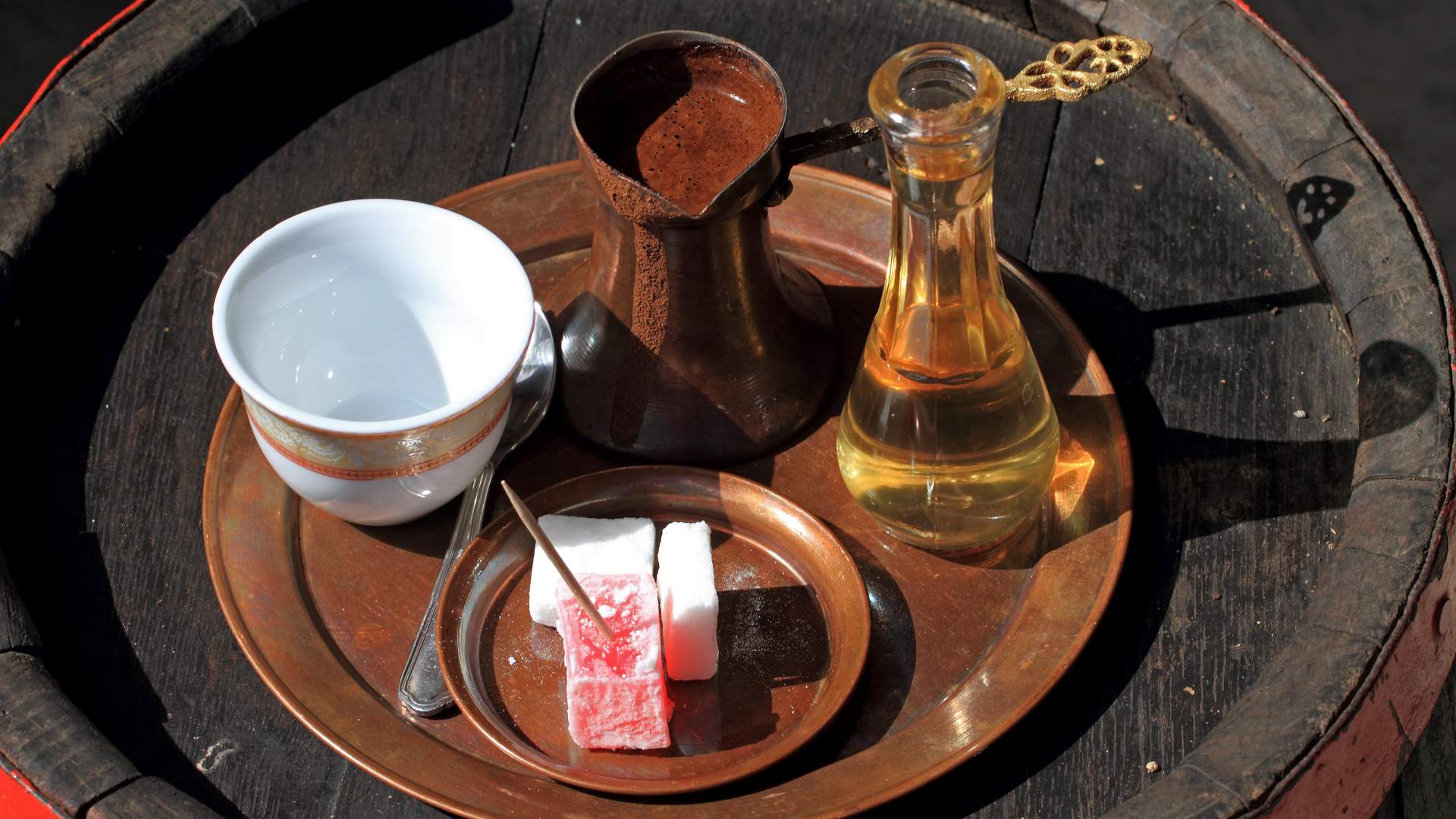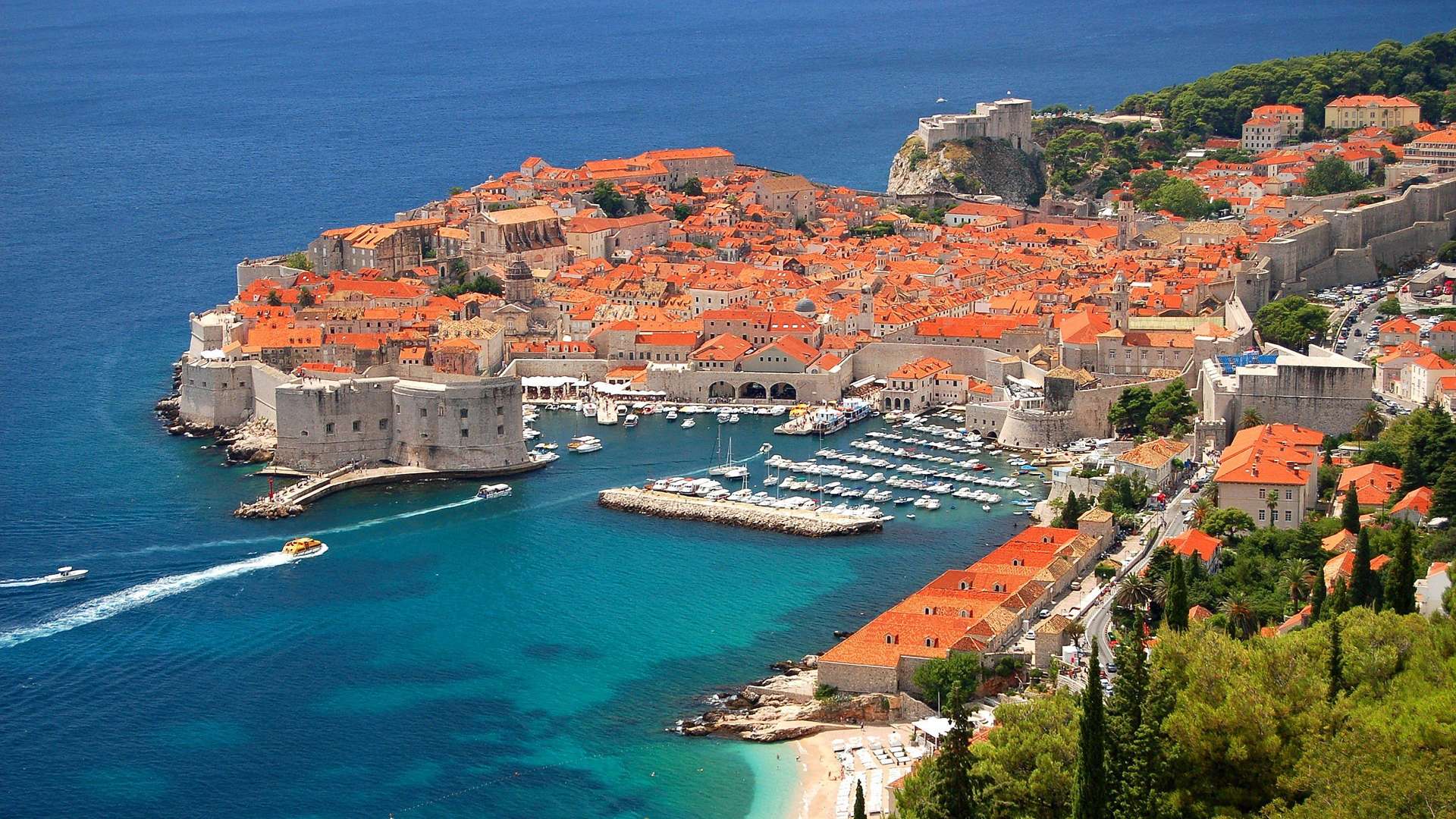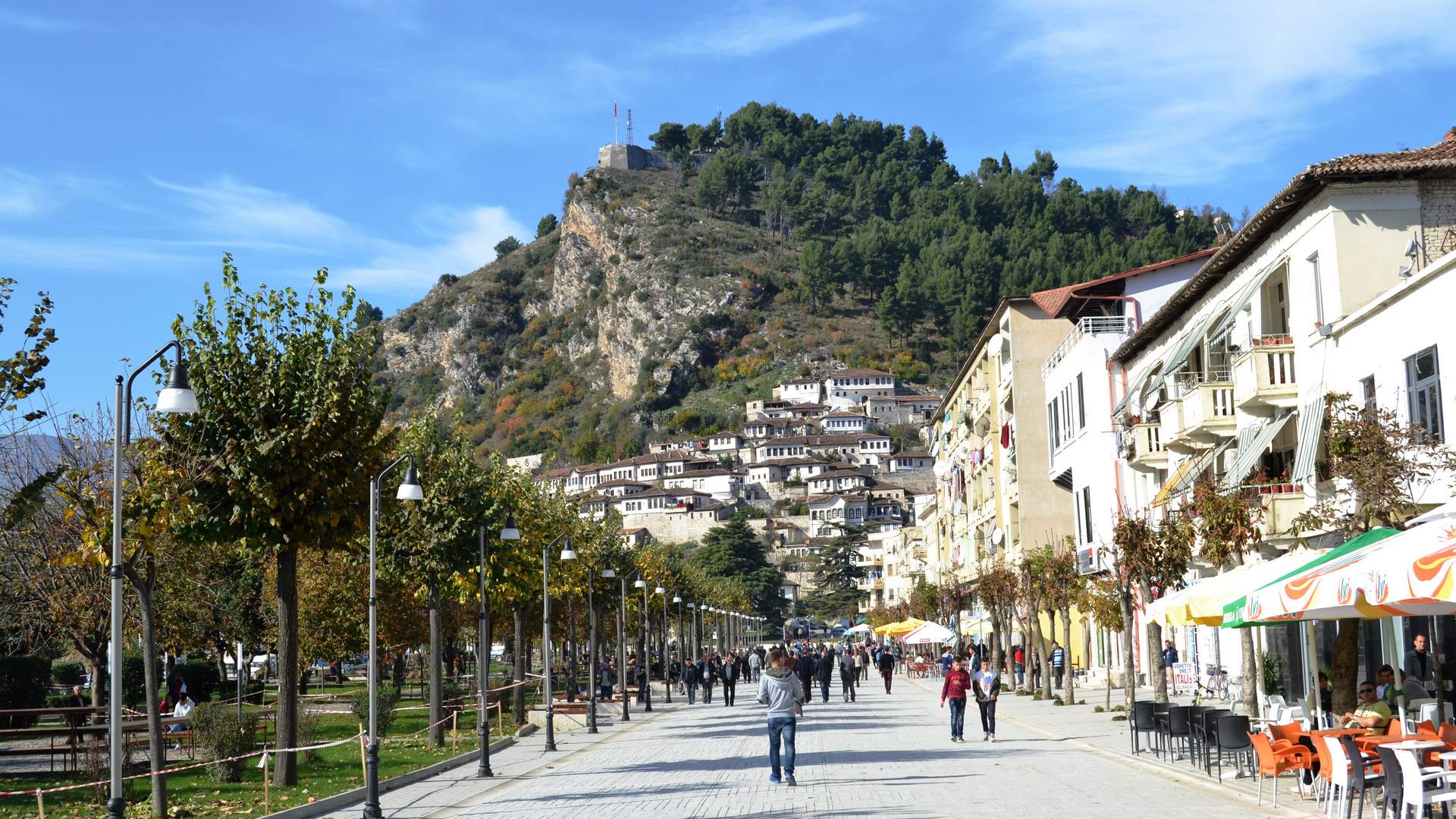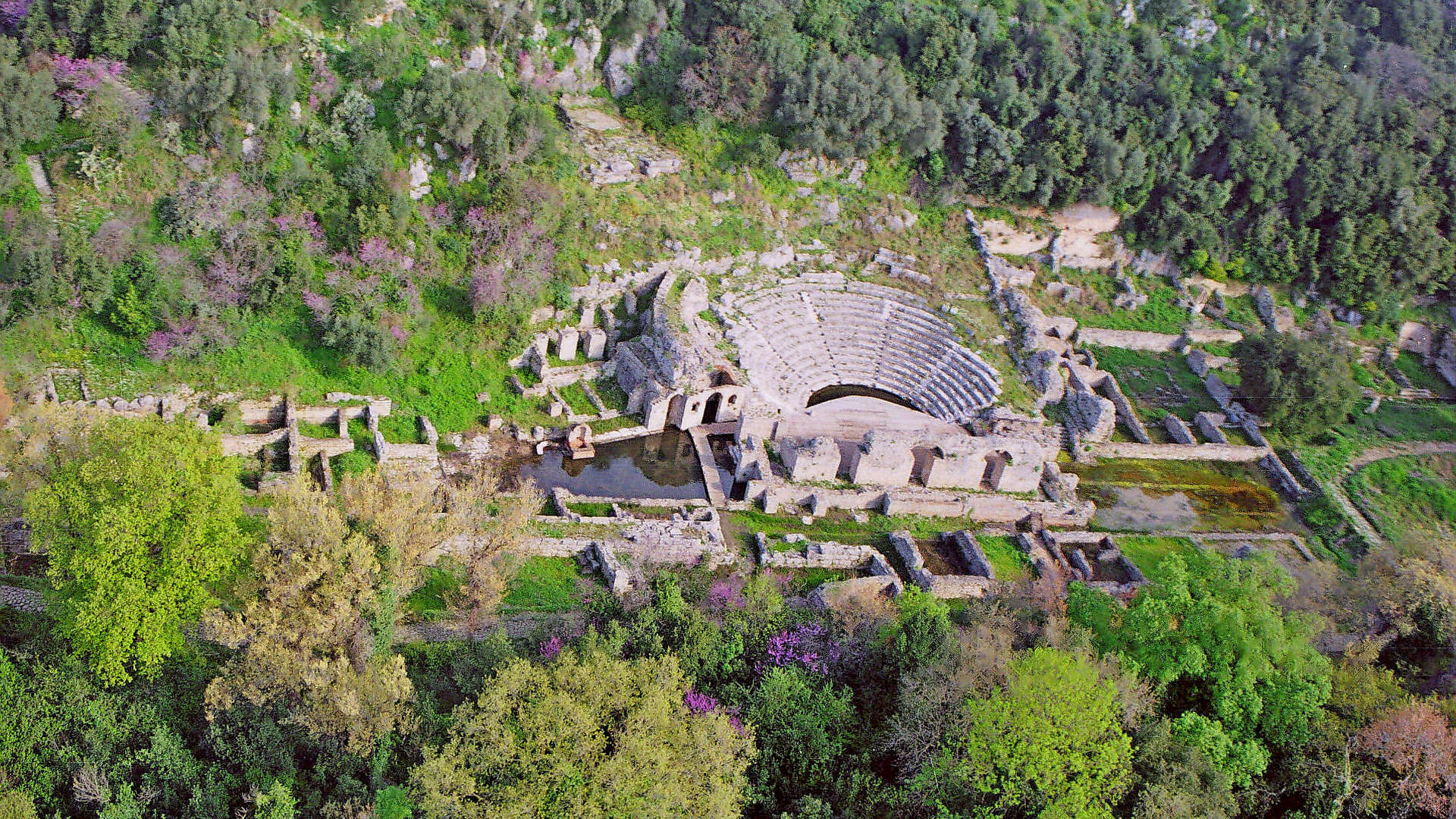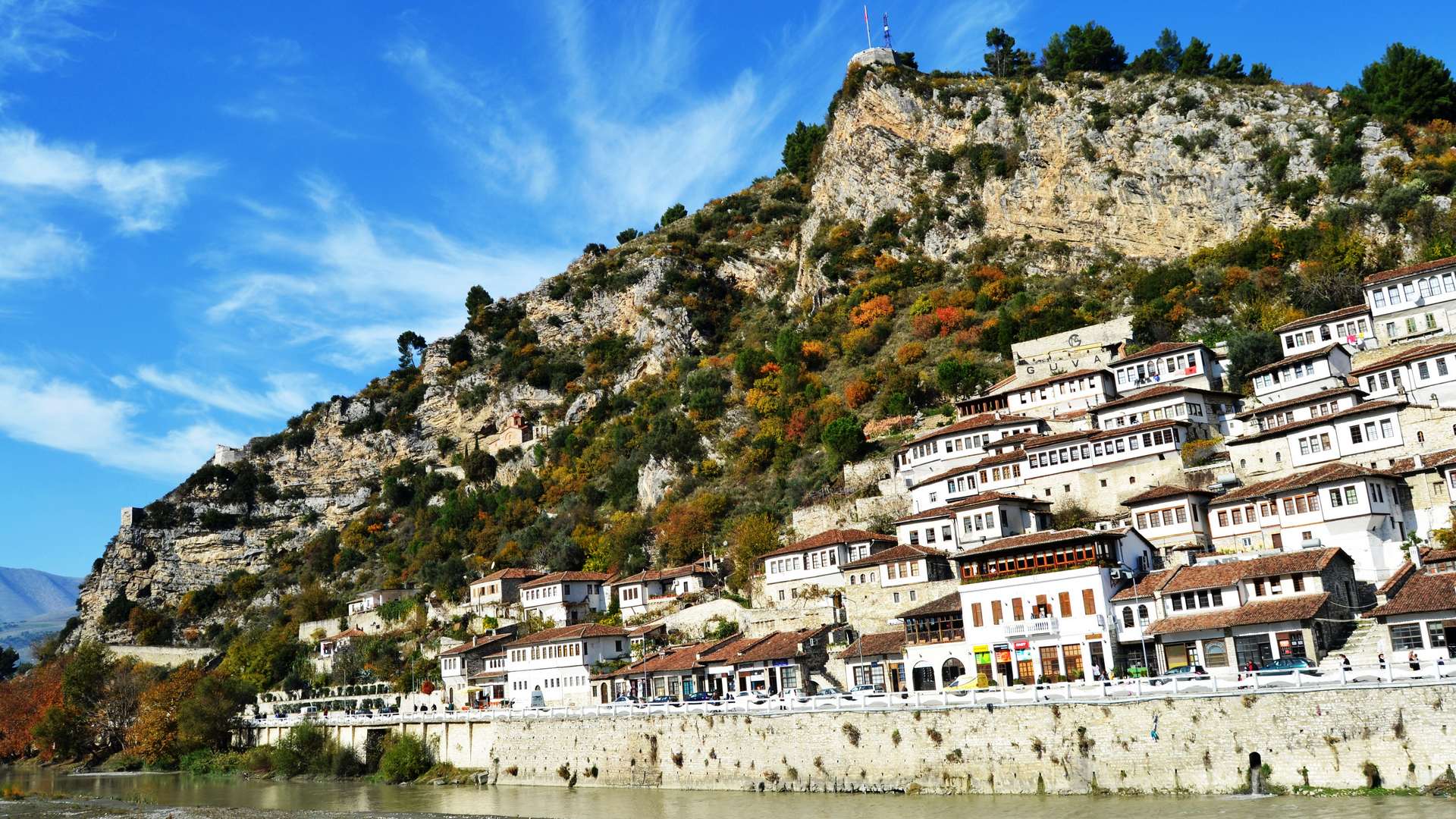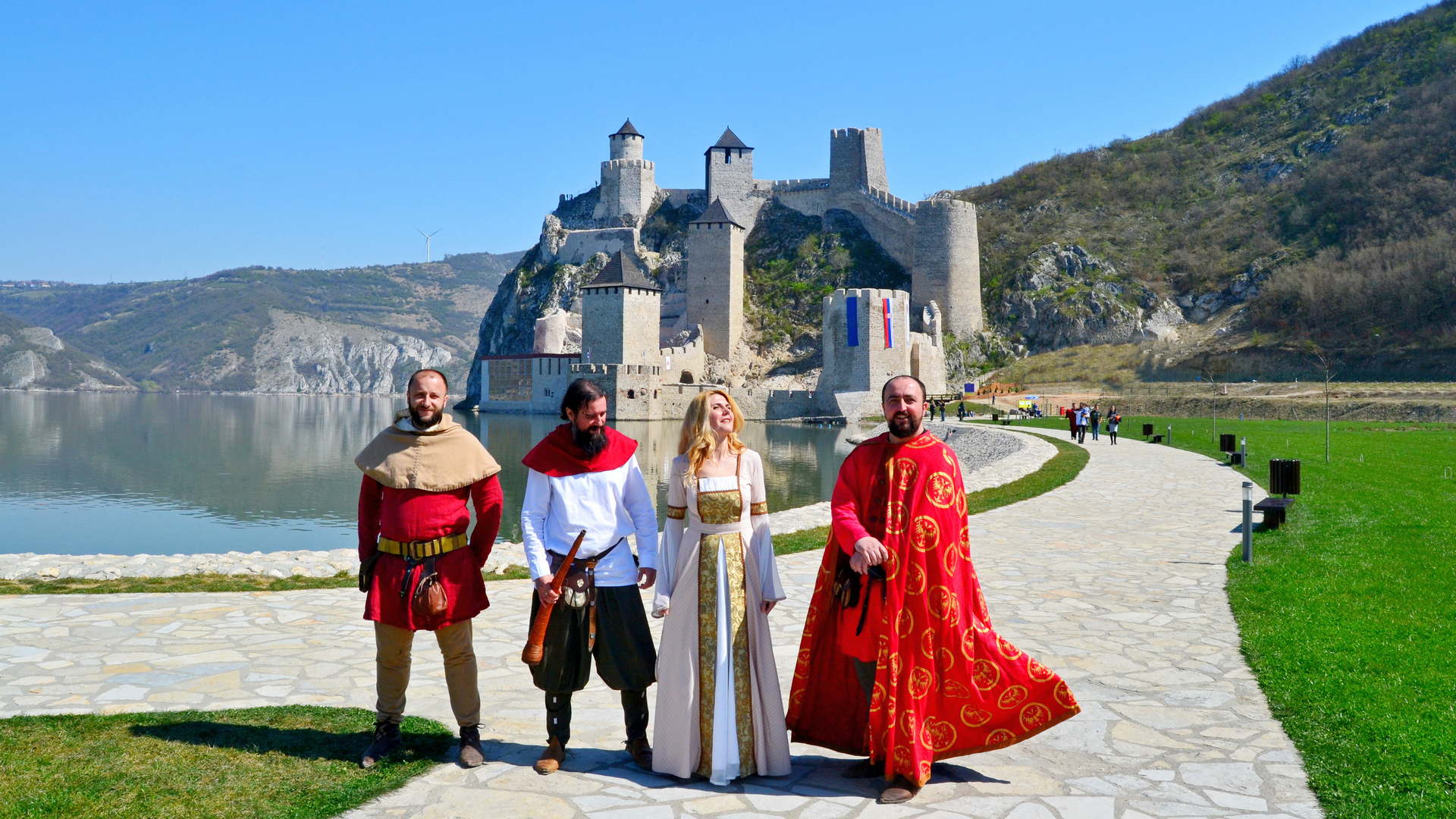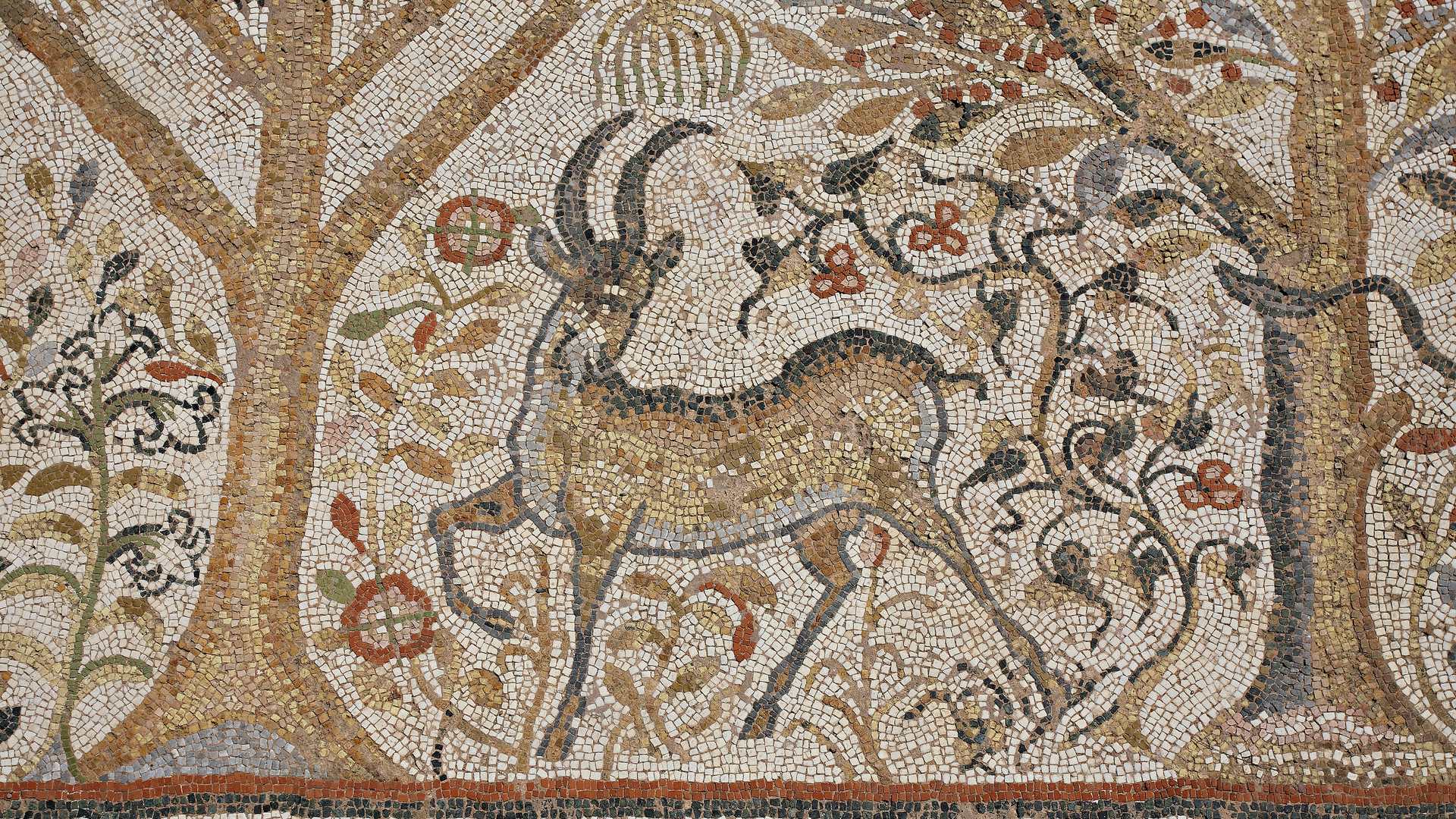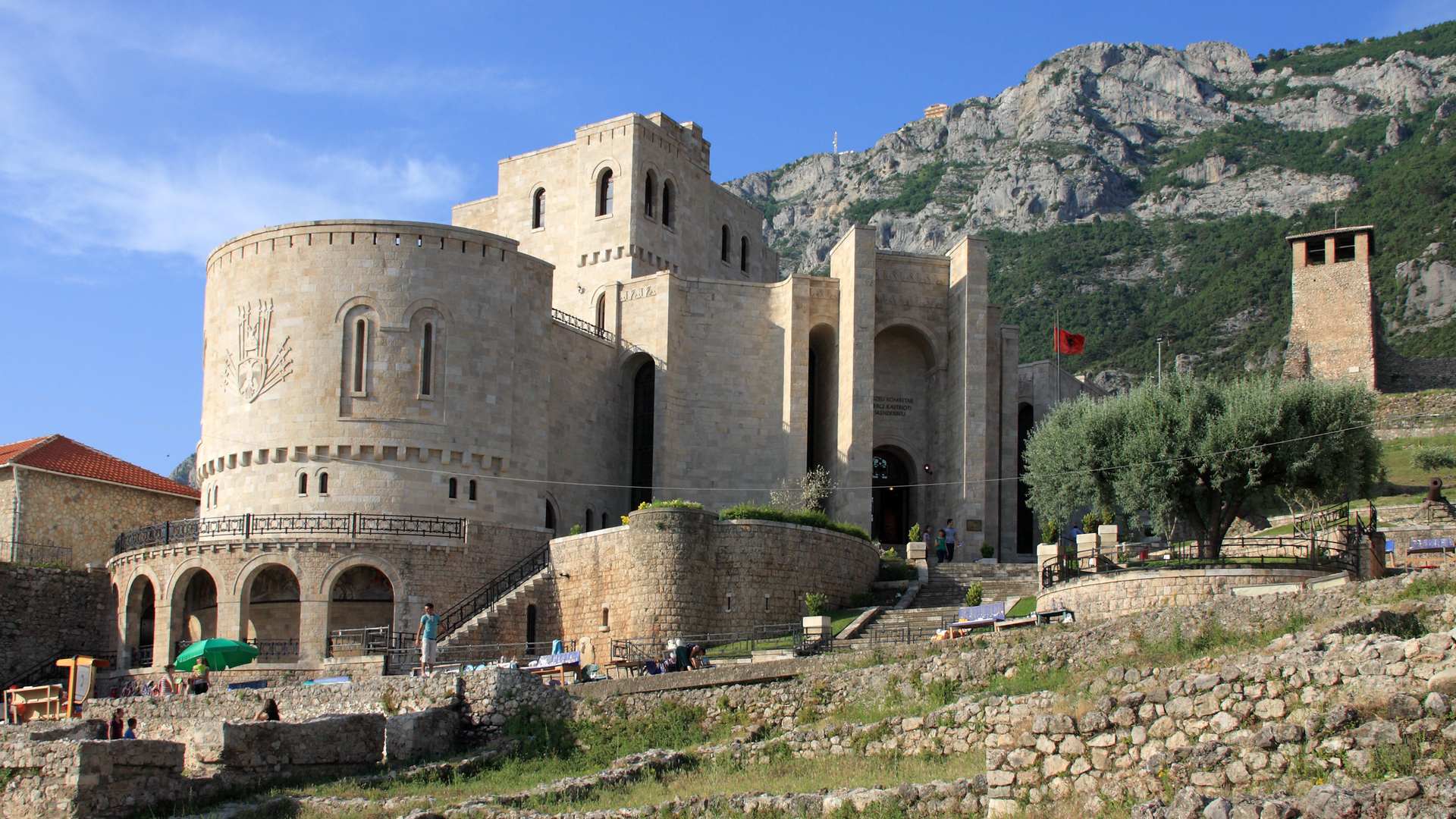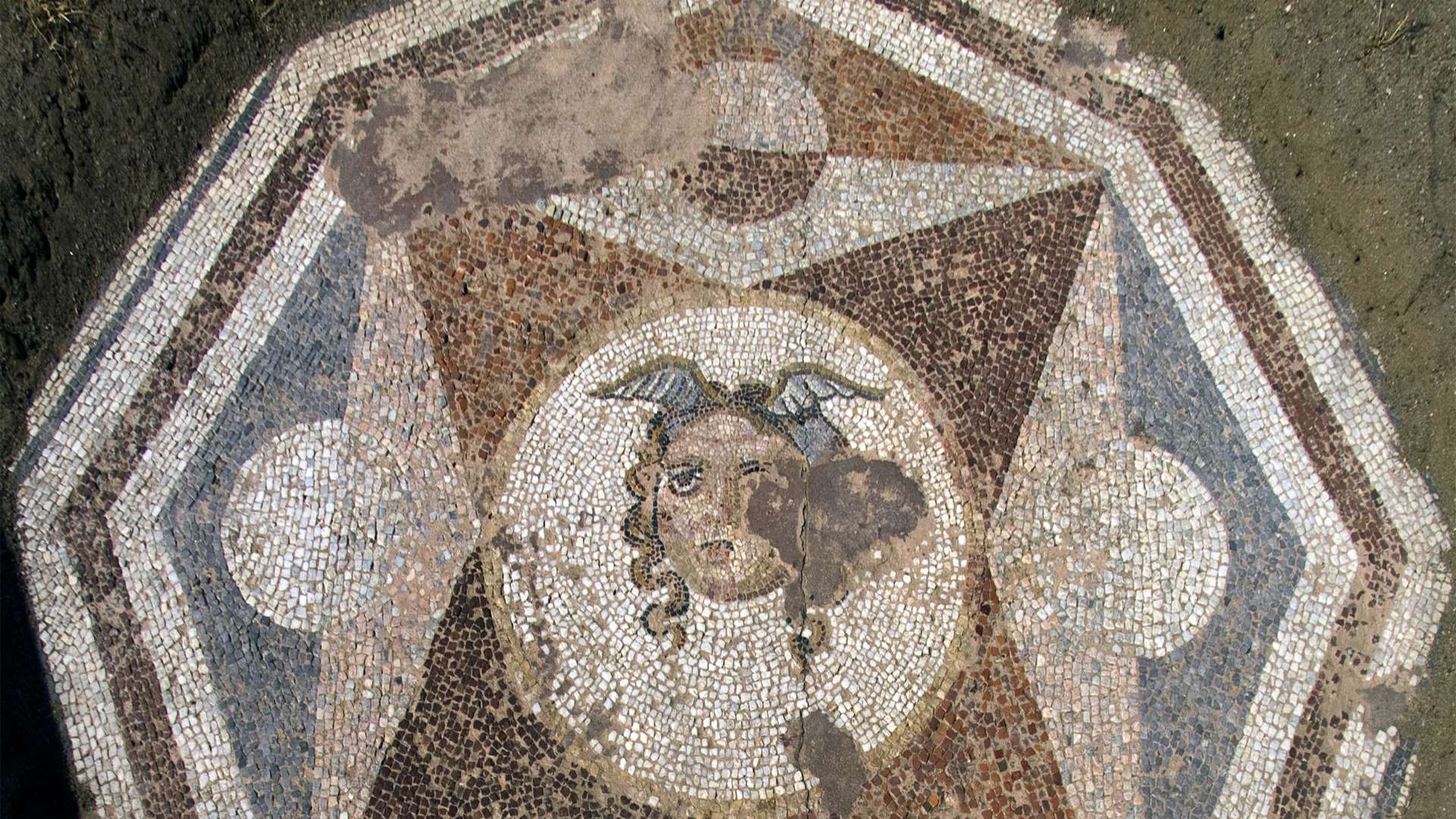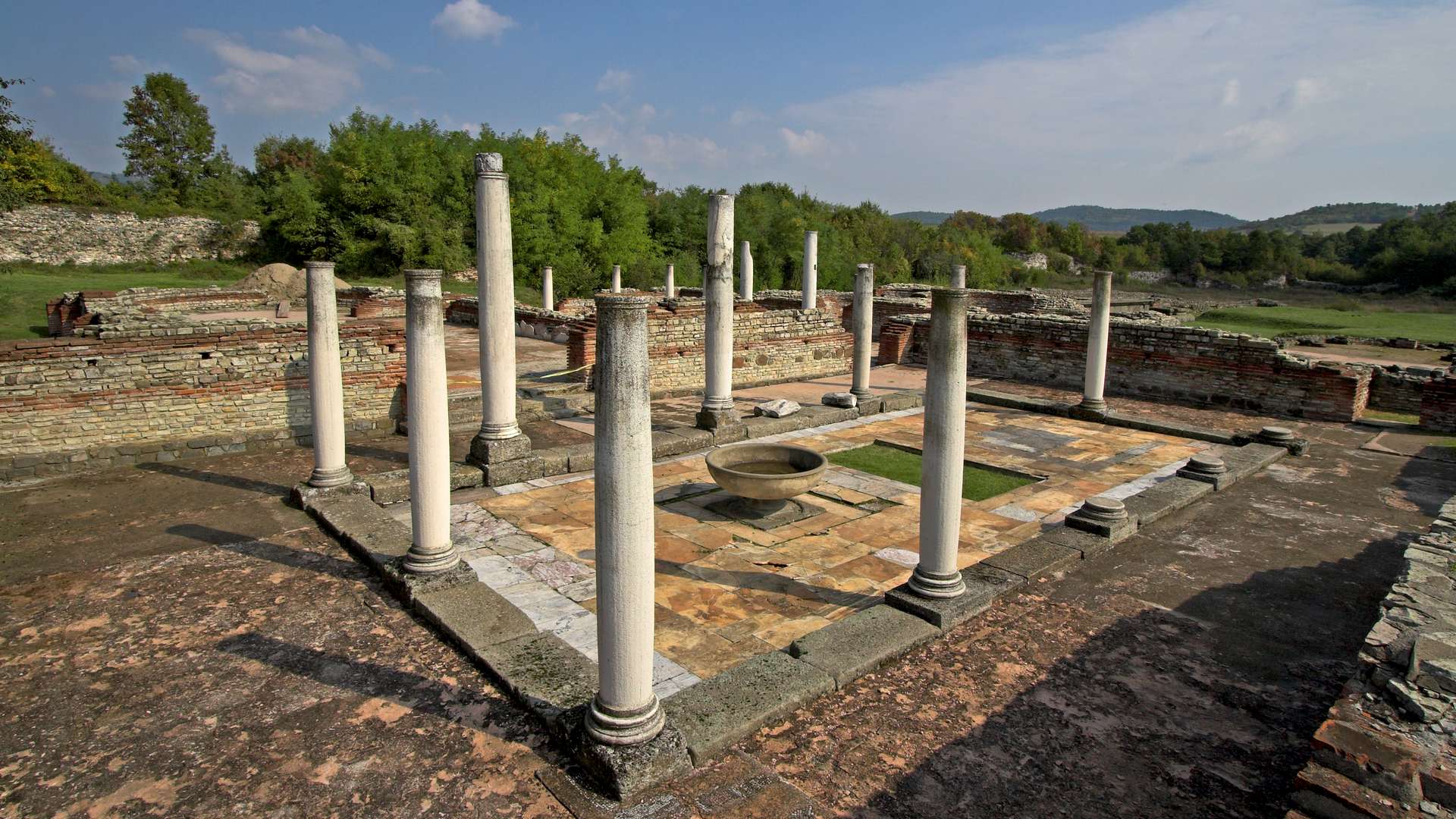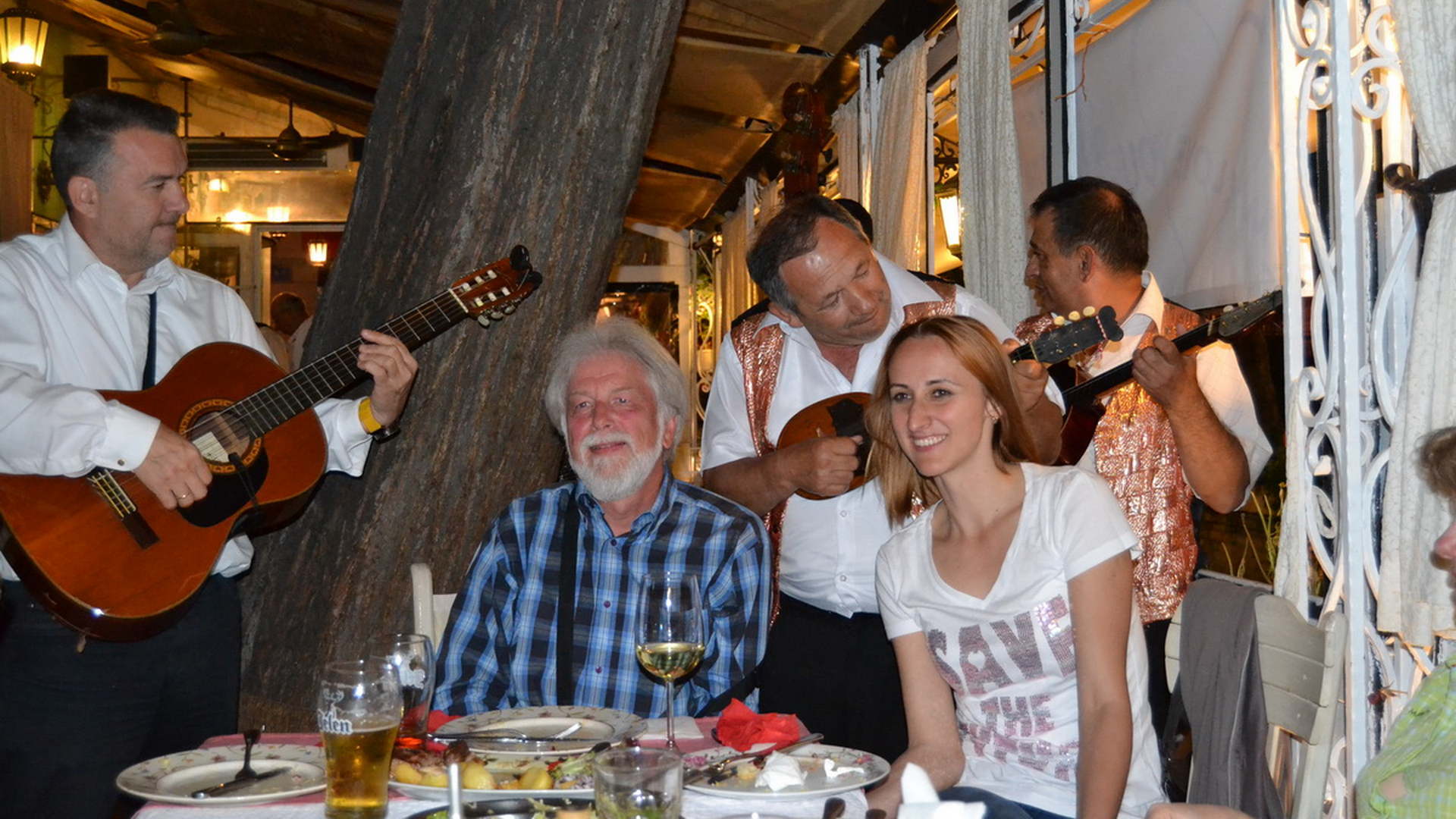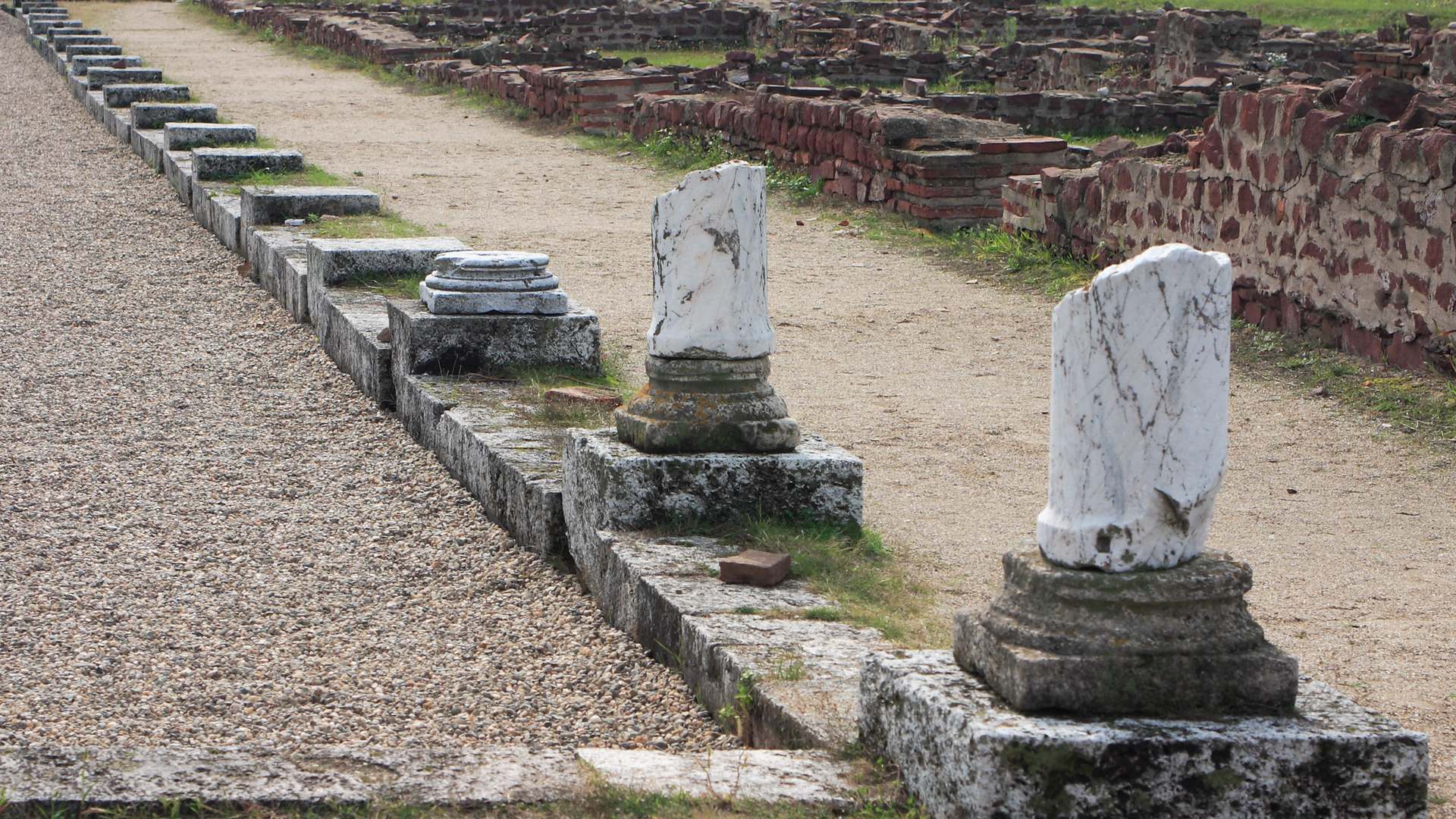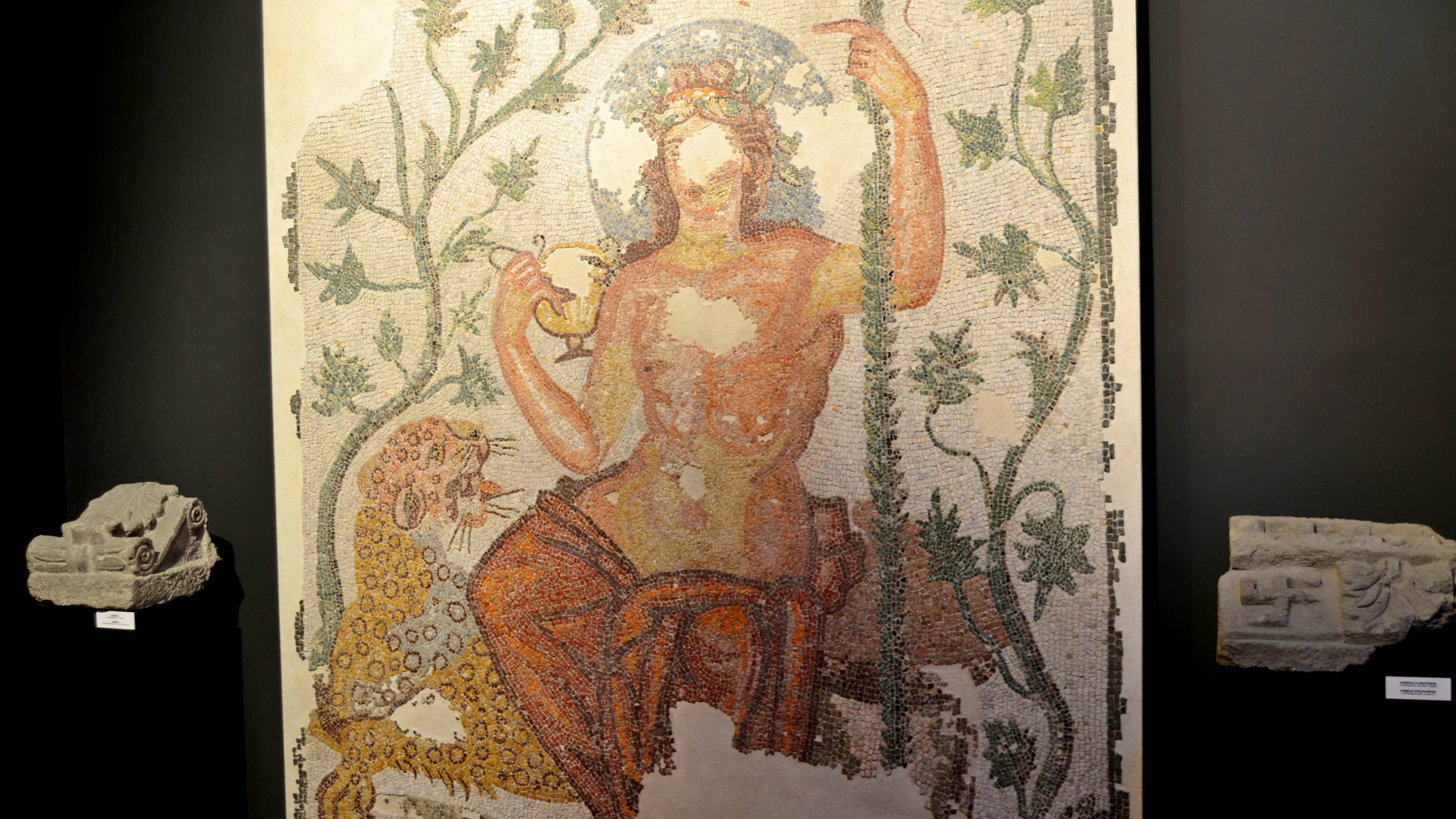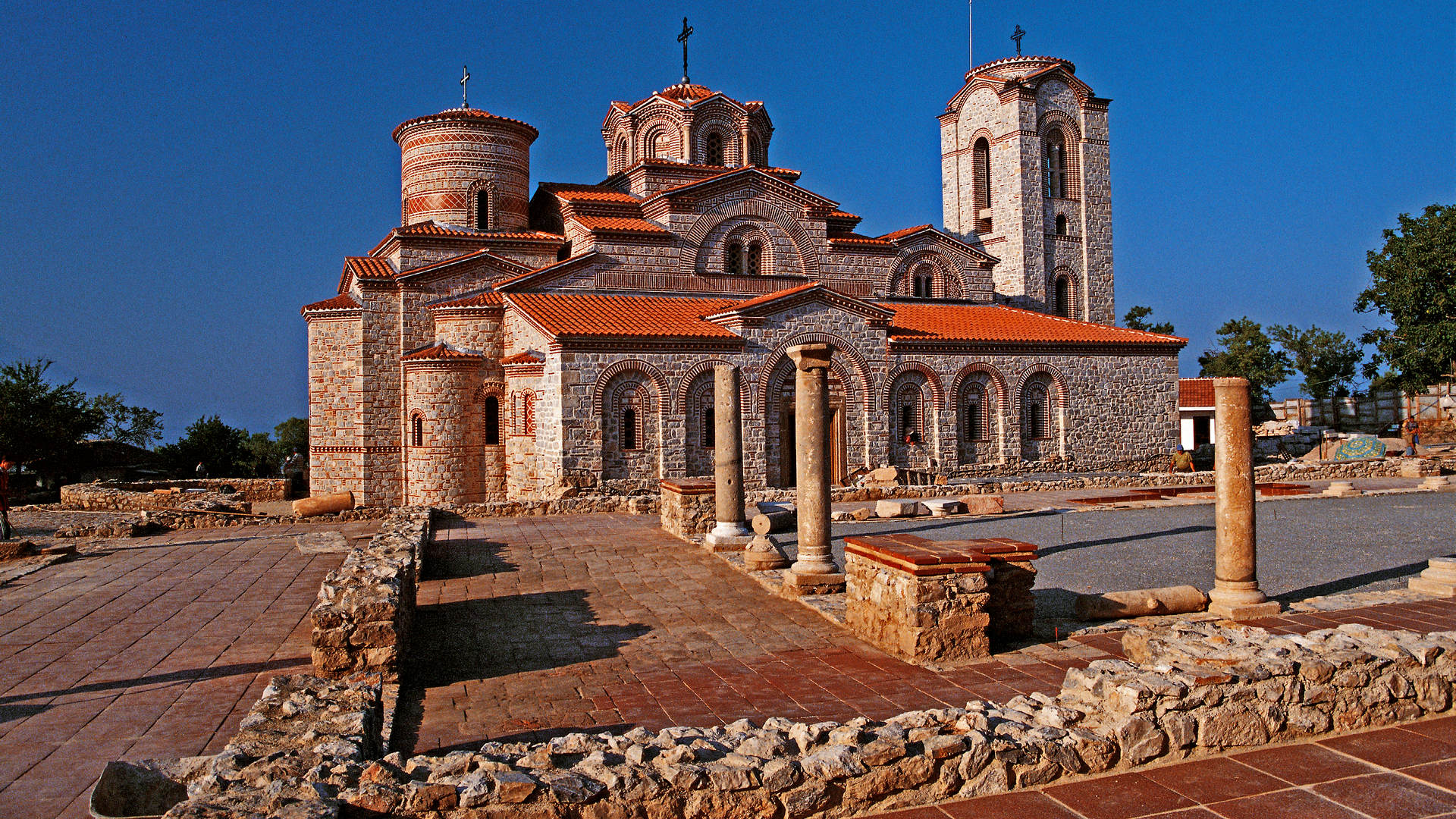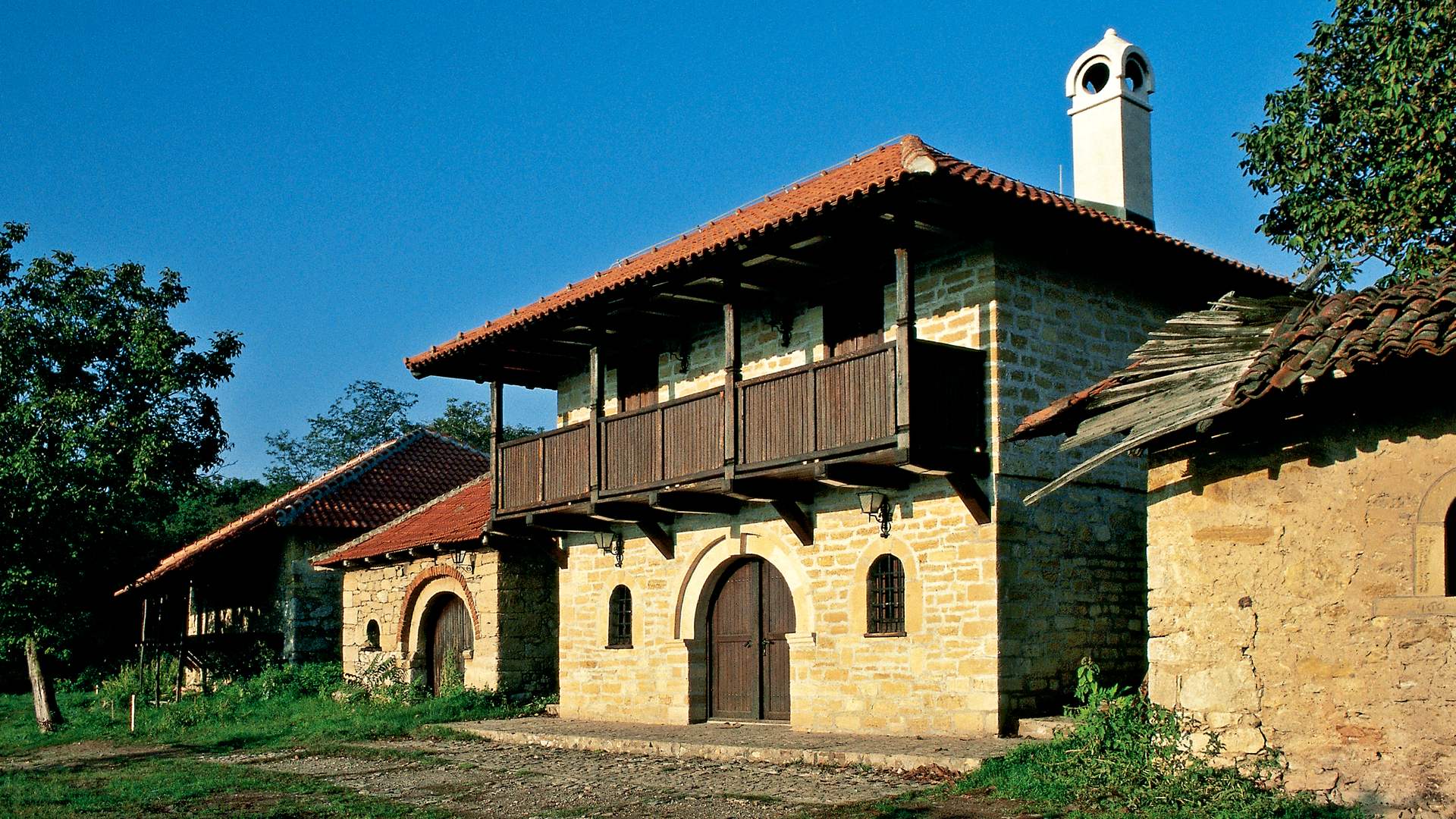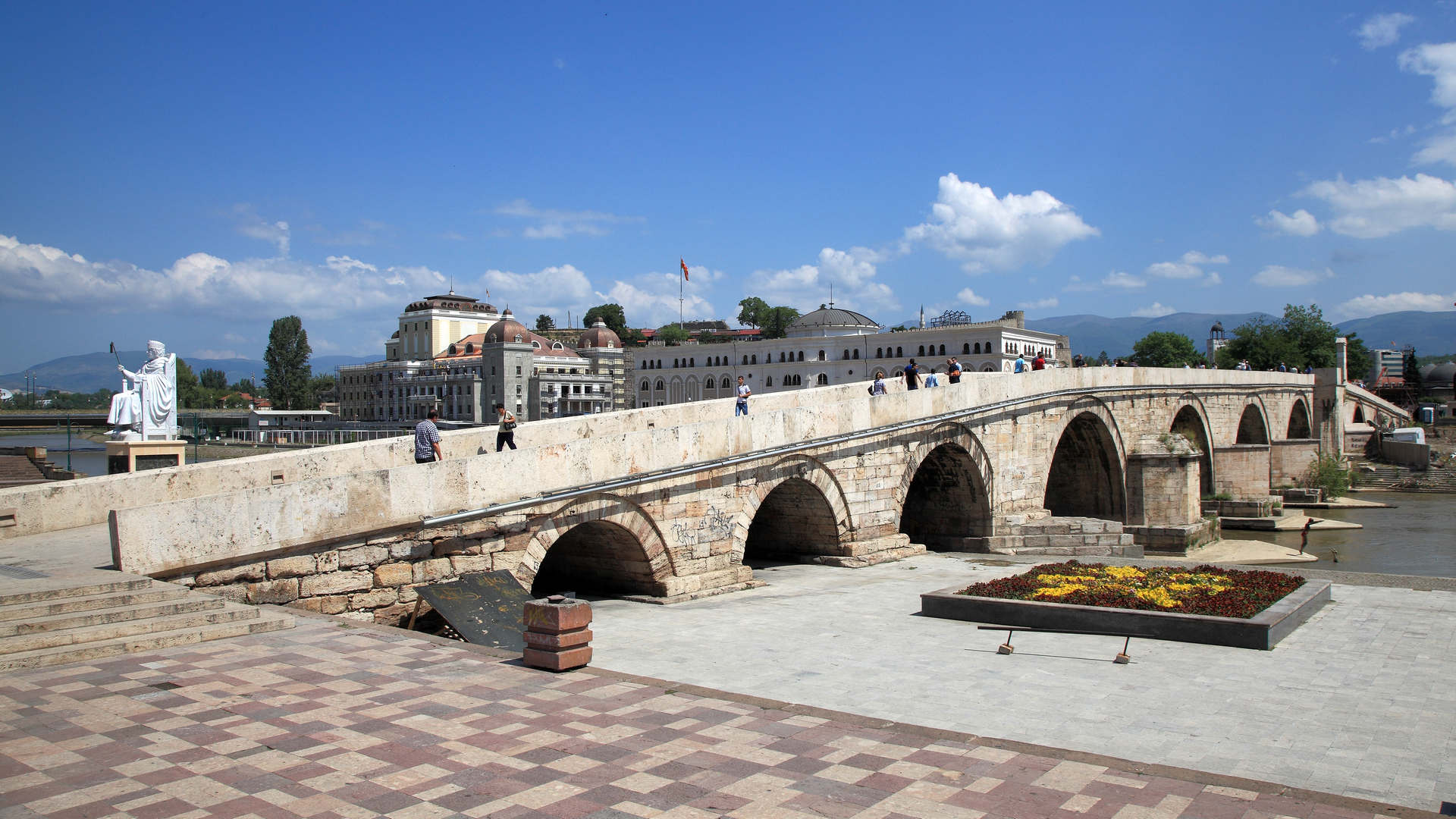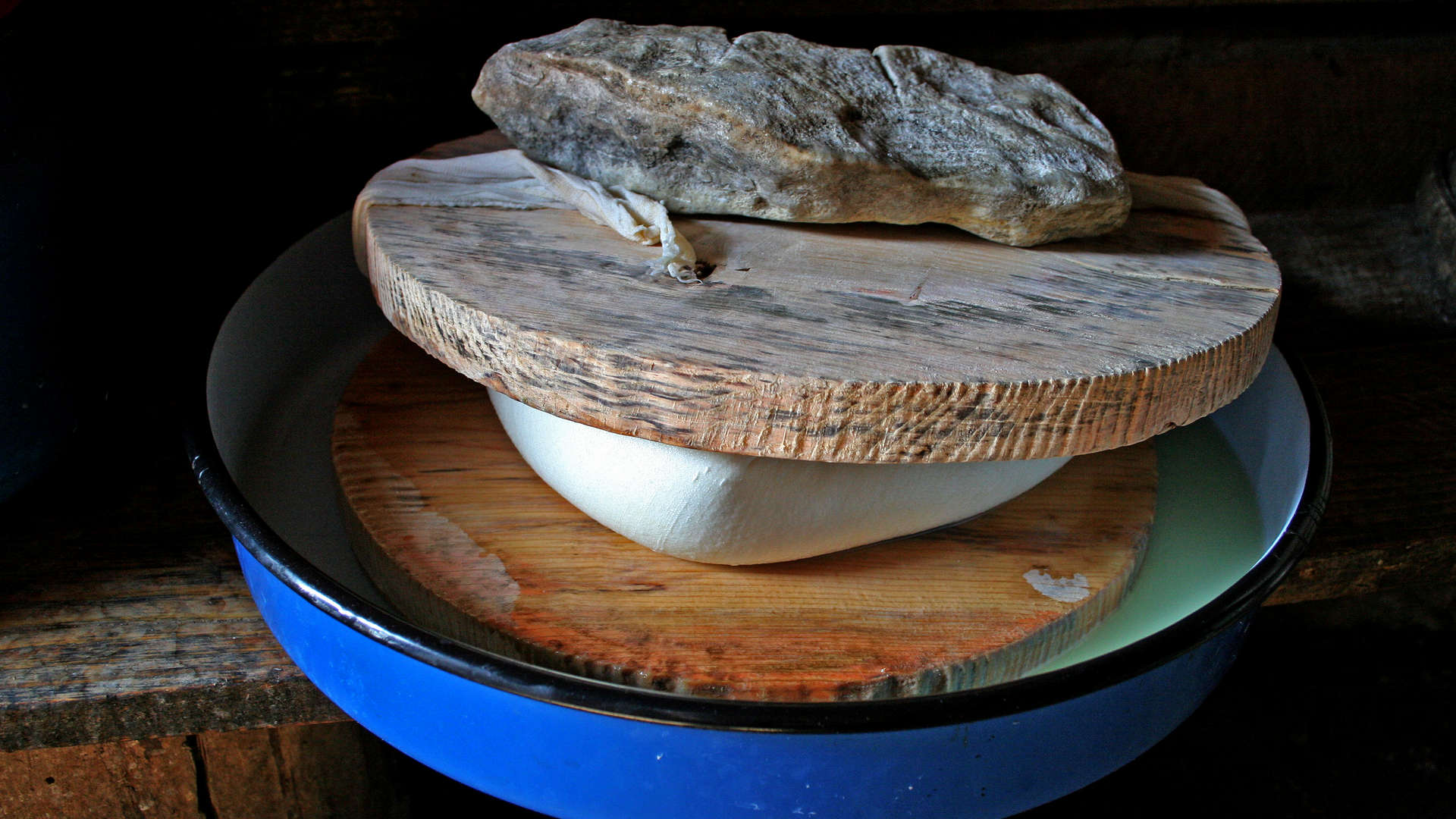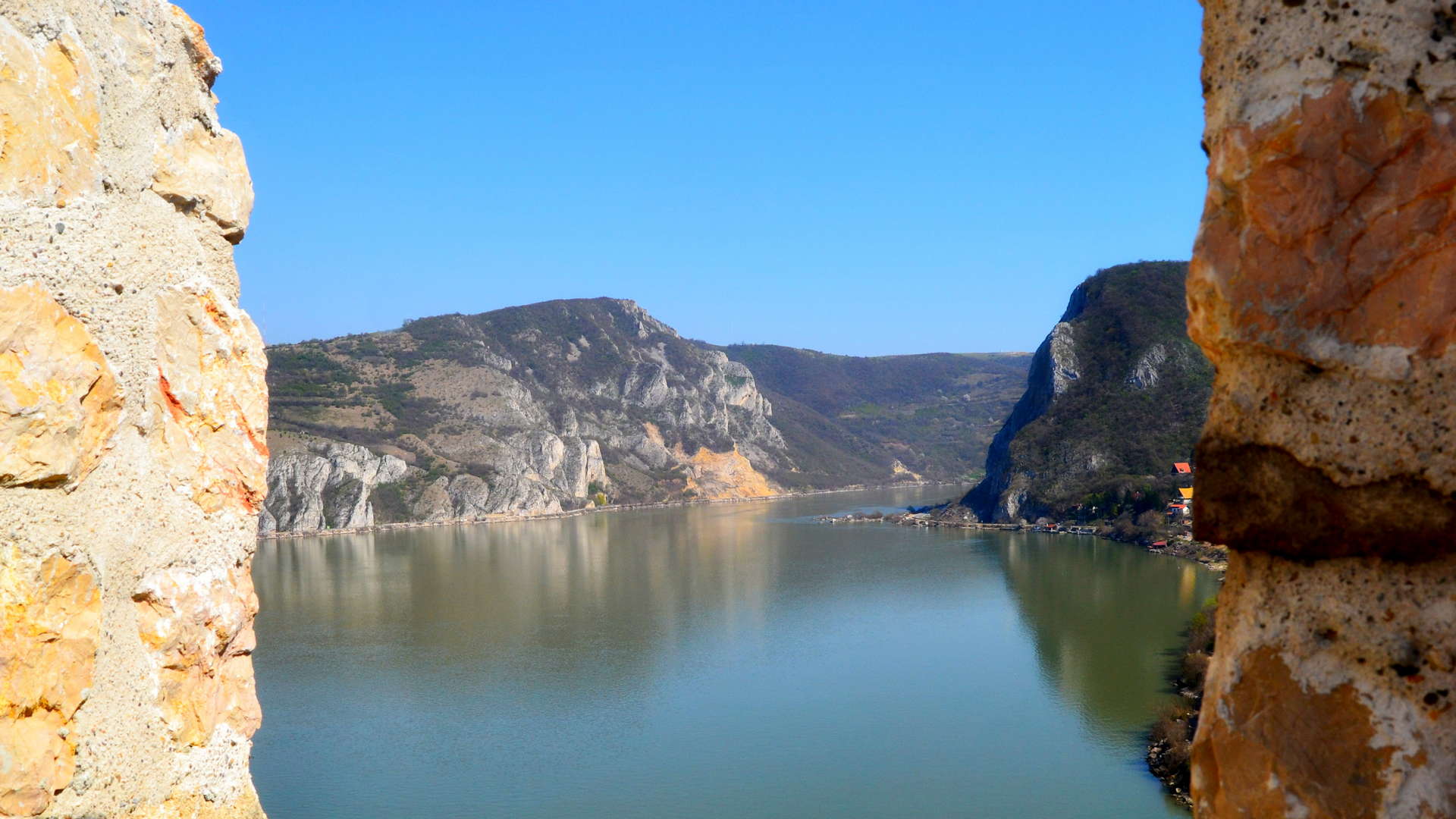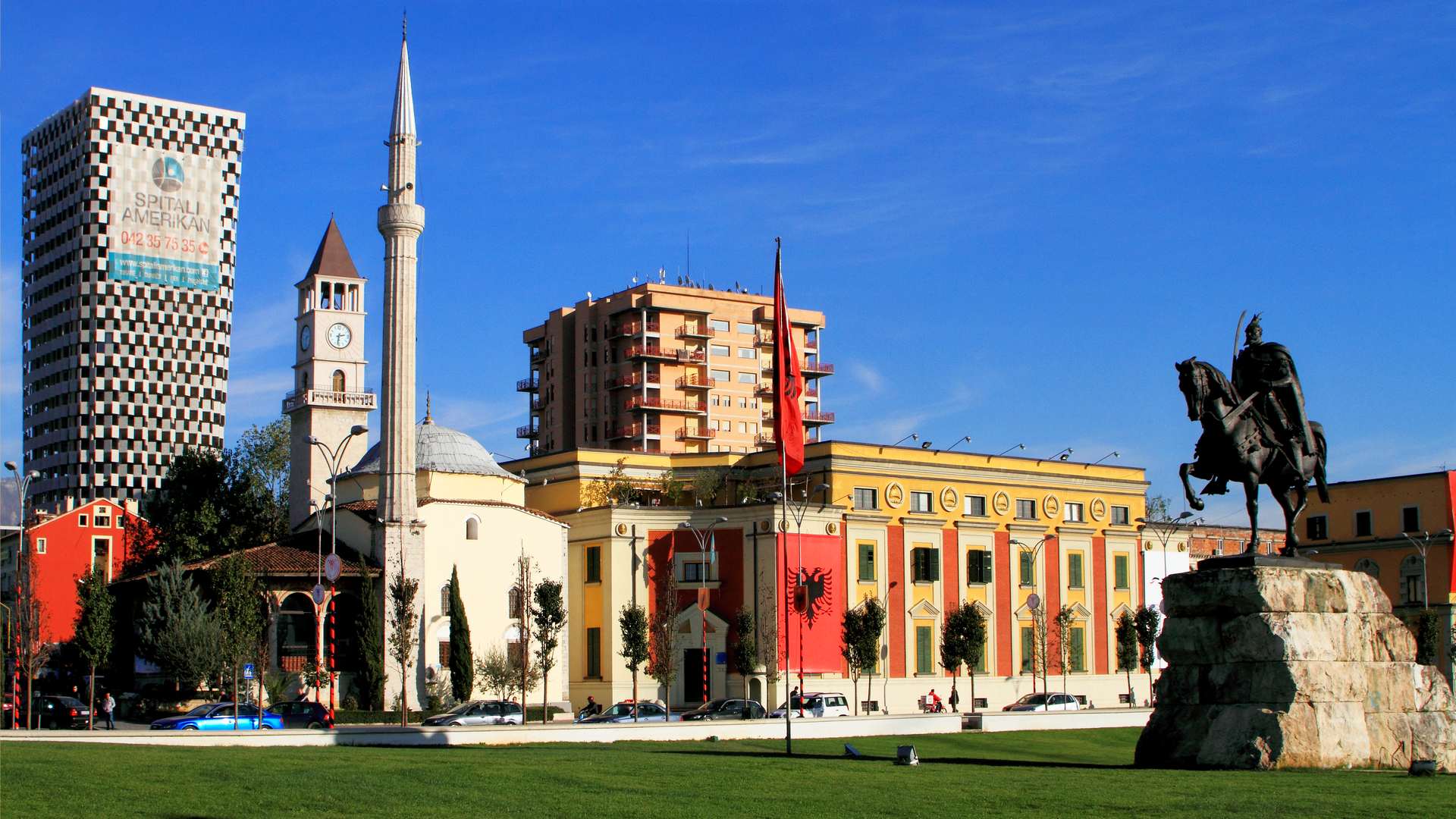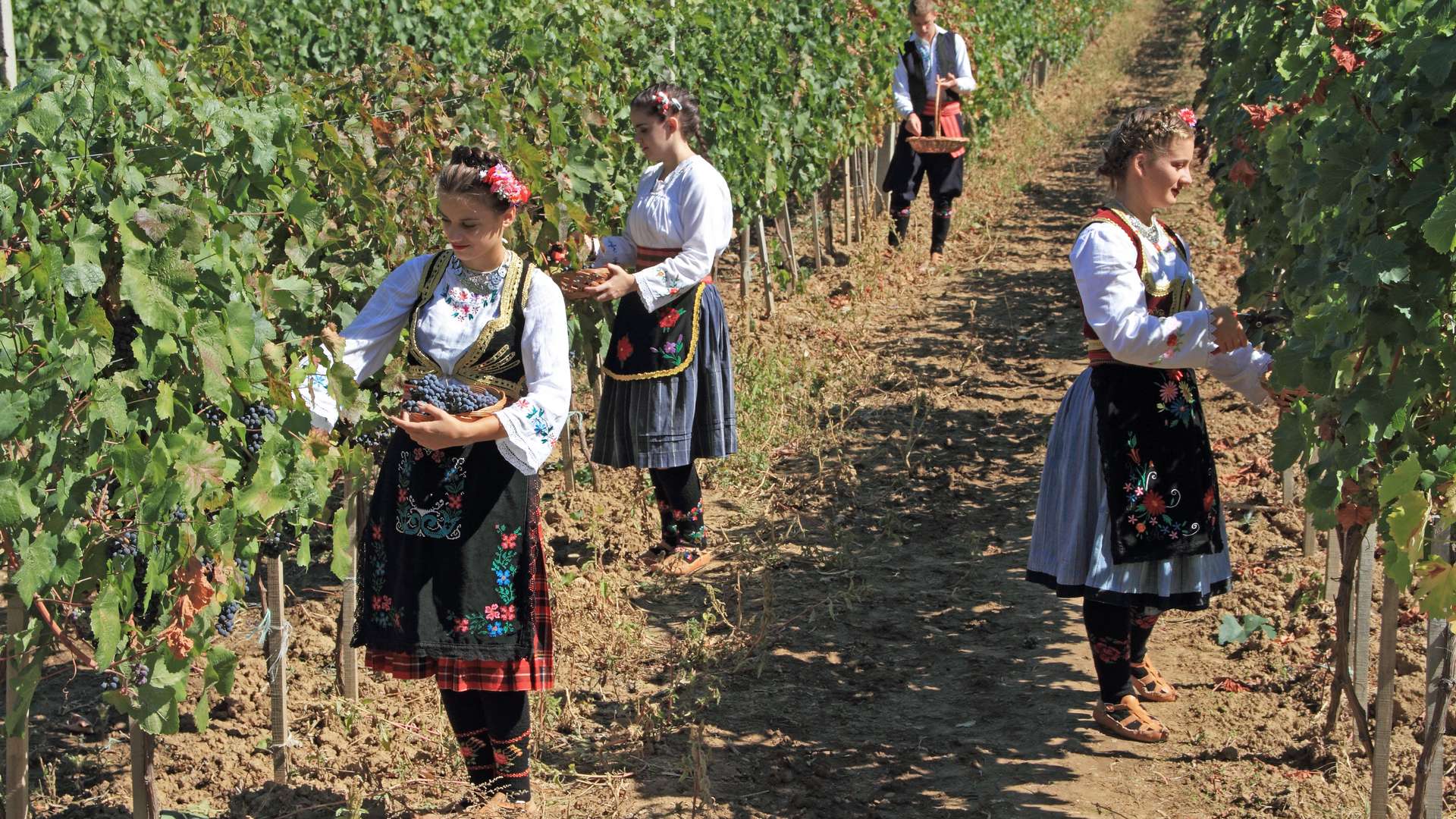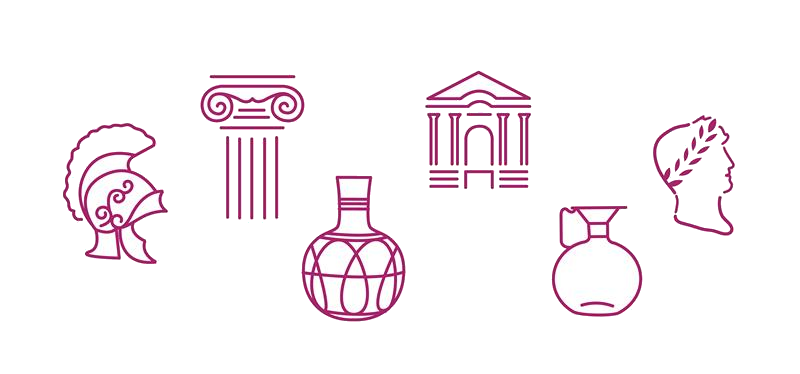
The Illyricum Trail of the Roman Emperors and Danube Wine Cultural Route at ITB Berlin 2020
The purpose of the workshop “The Illyricum Trail of the Roman Emperors and Danube Wine Cultural Route” was to give us an opportunity to present the new touristic offers and the services of the Danube Competence Center. Given that the ITB 2020 has, unfortunately, been cancelled we have put together some downloadable materials that are designed to give you more details about the mentioned products.
The Danube Tourism Inventory – online interactive tourism platform
In this presentation, you can learn more about the Danube Tourism Inventory – online interactive tourism platform, which brings together existing tourism offers along the Danube river. The platform allows interested tour operators and tourist agencies to consider and create their tourism packages with less effort and in less time. Potential customers can then view the available services at any given destination, as well as the available transport connection possibilities. If you are interested in giving it a trial run, please feel free to contact us.
Illyricum Trail of the Roman Emperors and Danube Wine Route
The Illyricum Trail of the Roman Emperors and Danube Wine Route is a branch of the popular Roman Emperors and Danube Wine Route, connecting 9 destinations in Bosnia and Herzegovina, Montenegro, Albania and North Macedonia.
We have prepared three travel proposals that we feel you will find very interesting:
- From the Danube to the Adriatic
- Illyricum Meets UNESCO
- Roman Emperors at a Glance
Check them out and let us know what you think. If you need more information and are maybe looking to develop new partnerships, please don’t hesitate to contact us.
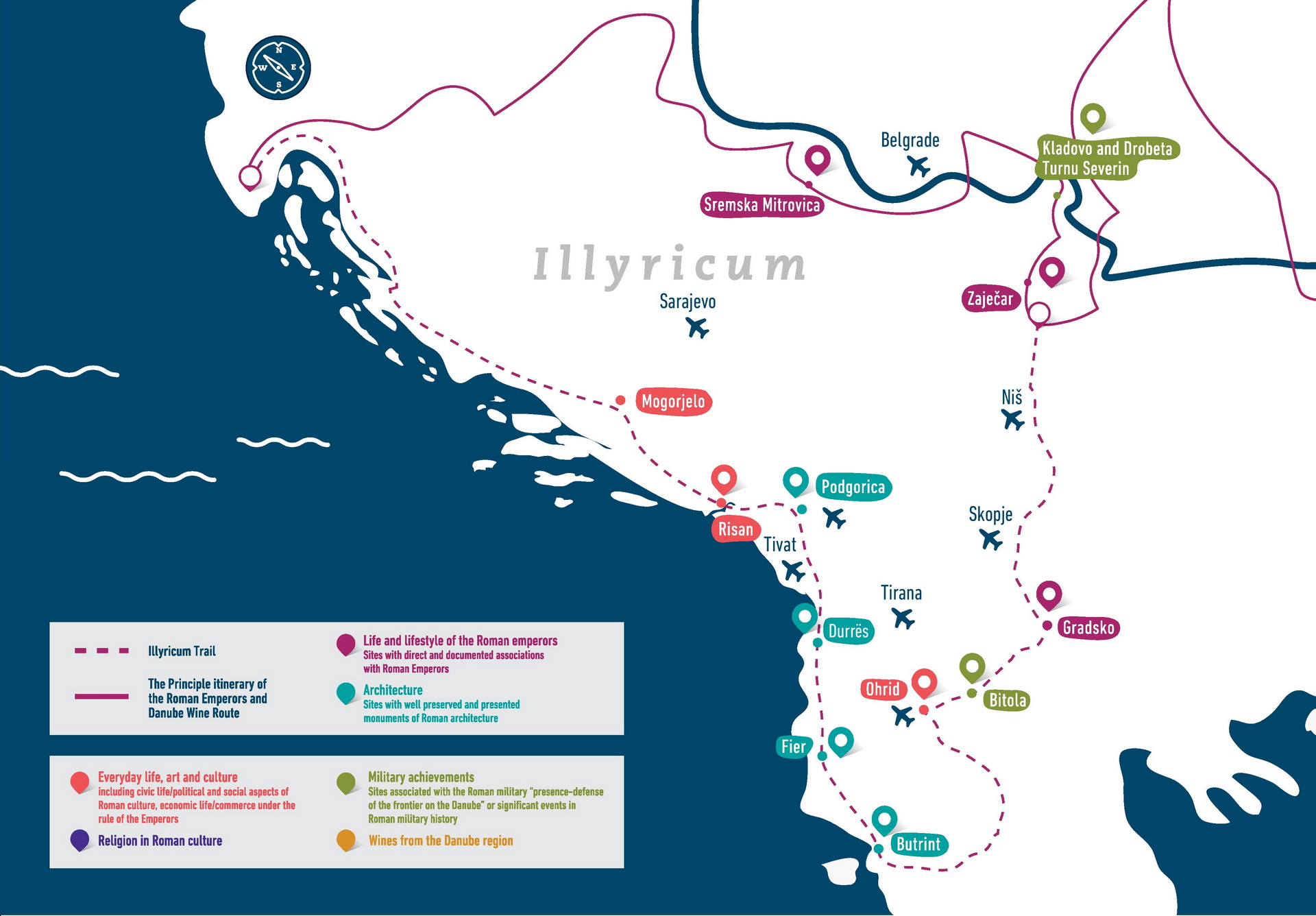
From the Danube to the Adriatic
Itinerary: Belgrade > Felix Romuliana > Nis > Skopje > Struga > Ohrid > Via Egnatia > Durres > Ardenica > Kotor bay > Podgorica > Mogorjelo > Trebinje > Dubrovnik
Duration: 10 days / 9 overnights
Description:
From the West it brings diversity to the East and connects nations. There is no river quite like the Danube. With an overall length of over 2,888km, the Danube is the second largest river in Europe. The Danube is certainly a great starting point from which to explore the Balkans. After the northern border of the Roman Empire, the itinerary leads you south through the Morava Valley to Nis, the third largest city in Serbia, with its Roman name of Nais, and the birthplace of Constantine the Great. In North Macedonia you will visit Skopje, the capital city. In Ohrid you will feel peace and serenity in the city that was the medieval centre of the Orthodox Patriarch. You will travel the Roman Via Egnatia to Albania and its capital Tirana. You catch your first glimpse of the Adriatic in Durres. The next stop is a Montenegro tour, with the breathtaking nature of Kotor Bay. The itinerary then takes you to Bosnia and Herzegovina, to Trebinje, a city close to the Adriatic coast. The end of the tour brings you to the Adriatic pearl that is Dubrovnik.
Highlights:
Sightseeing Belgrade from the rivers Sava and Danube offers one of the best impressions of the Serbian capital. The local cuisine in Niš will fulfil your senses. In Vevcani you will experience the warm hospitality of the old village. Albania offers the UNESCO city of Berat, and serenity in the Ardenica Monastery. Montenegro brings you the wild beauty of Kotor Bay and a walk through the charming old narrow Mediterranean streets. Mogorjelo in Bosnia and Herzegovina is a reminder of the Roman times, built as an agricultural centre by the Romans. The tour ends in the “Game of Thrones” city, the oldest city in the South Adriatic, Dubrovnik.
Illyricum meets UNESCO
Itinerary: Belgrade > Sirmium > Golubac > Danube cruise > Skopje > Stobi > Ohrid > Berat > Saranda > Butrint > Ardenica > Durres
Duration: 10 days / 9 overnights
Description:
A rich cultural heritage, breathtaking mountain vistas, magnificent pristine nature, the urban hedonism of its capitals, the seductive rhythm, delicious authentic local dishes and warm hospitality, charming picturesque villages, and tradition and strong religion all combine to show the true beauty of the Balkans. Discover how it has won the hearts of countless tourists. Capture the spirit and soul of the Balkans. This itinerary will reveal to you what UNESCO has recognised and now presents from this part of the Europe.
Highlights:
Belgrade, as the capital of Serbia, is a collection stories spanning more that 6,000 years. The Roman story starts beneath Belgrade Fortress. Serbia was the birthplace of many Roman Emperors, and Sirmium, the first stop on this tour, will give you an introduction to the Roman Empire. The itinerary then leads you through the medieval fortress of Golubac, the prehistoric settlement of Lepenski Vir, and the breathtaking Djerdap Gorge. After your visit to Felix Romuliana and Mediana, your curiosity will be asking for more. You will travel to the south and visit Stobi and Heraclea Lyncestis. Then you will move close to the Adriatic coast, visit Berat with its impressive Ottoman architecture, and Butrint, the first settlement of the Greek colonists. The final stop is Durres, where you will visit the largest amphitheatre in the Balkans.
Roman Emperors at a Glance
Itinerary: Belgrade > Iustiniana Prima > Skopje > Vevcani > Tirana > Elbasan > Berat > Ohrid > Stobi > Nis > Kladovo > Lepenski Vir > Golubac > Sirmium > Belgrade
Duration: 10 days / 9 overnights
Description:
Serbia, North Macedonia and Albania are now neighbouring countries of diversity. When considering their origins, one needs to explore the history of the Romans. Serbia, as the birthplace of many Emperors, was throughout the centuries the border of Empire, collecting stories from the very beginning. When the Ottomans came to the Balkans, they introduced cultural diversity, but we can also see the Roman influence at every step. The Romans gave us the culture of producing wine, which we can also see in North Macedonia today. Albania’s rich archaeology is just one of the many reasons why this Balkan country is well worth exploring by anyone with an interest in Europe’s past. The country has a rich heritage of sites dating all the way back to the Illyrian, Greek, Roman and Ottoman periods – some of which are on the UNESCO list of World Heritage Sites.
Highlights:
Belgrade, the capital of Serbia, is the starting point of this tour. Mediana near Nis, the birthplace of Constantine the Great and Justiniana Prima, founded by Justinianus, are the highlights on this tour. North Macedonia offers the Via Egnatia as an exciting point on this tour. Ardenica is the oldest monastery on the tour, dating from the second half of 13th century. Niš always welcomes its guests with open arms you will undoubtedly enjoy its tasty local food.
Our stand at the ITB 2020
Visit us during the ITB Berlin 2020 in the Hall 4.1. (stand number 209) and discover the Illyricum Trail, new itinerary of the Roman Emperors and Danube Wine Route. The Roman Emperor and Danube Wine Route is listed among the 38 Cultural Routes, certified in 2015 (and re-certified in 2019) by the European Institute of Cultural Routes under the auspices of the Council of Europe.
The Principle Itinerary of the Route includes archaeological sites and vineyards that tell the story of the expansion and defense of the Roman Empire on its northern Danube frontier, modern countries of Croatia, Hungary, Serbia, Bulgaria and Romania.
Linking the two themes from different aspects of cultural life, archaeology and wine, which have common points in the Roman era, the Route is designed to comfort travelers with curious mind ready to explore and experience something new, interesting and unexpected.
The Illyricum Trail, a Western Balkan branch of the Route, is envisaged as an autonomous branch that will offer a complementary but unique travel experience to potential visitors. It follows the Adriatic coast and spreads through Western Balkan countries, Bosnia and Herzegovina, Montenegro, Albania and then returns to the Danube via North Macedonia and Serbia.
“Illyricum Trail Tourism Potential and Infrastructure” Workshop
Hub 27 – Room Beta 2
Thursday, March 5th 2020
11:30 – 13:00

Ms Gordana Plamenac
Chairperson of the Board, Danube Competence Center (Serbia)
For eight years, Ms. Plamenac was the CEO of the National Tourism Organisation of Serbia. She also actively participated in the work of the European Travel Commission (member of the Board of Directors). She included Serbia in a number of Council of Europe’s Culture Routes – Transromanica, Roman Emperors Route, Danube Wine Route etc. She speaks English, Spanish, Russian and German.


Mr Ljubisa Nesovanovic
Director, Robinson Travel (Serbia)
Ljubisa has been involved with tourism for more than 30 years. He graduated at the Tourism Department of Faculty of Mathematics and Nature science at Belgrade University and started his career as Represent and Supervisor for Yugotours Frankfurt in Montenegro straight away. Afterwards, he was working as Hotel manager in GENEX HOTELS in Becici, hotel Alet (Montenegro) and Kopaonik hotel Grand (Serbia). Since 1995 he has been an owner and Manager of Robinson Travel, Belgrade, Serbia.


Mr Astrit Kurti
Director, Intours Albania (Albania)
Astrit Kurti, born in Ulcinj Montenegro on 14.06.1978. Attended Elementary and High school in Ulcinj but graduated as a Tourism Manager in “Ismail Qemali” University in Vlora Albania. With a master degree in Tourism, now days Astrit Kurti is the founder and CEO of intours Albania Tour Operator and DMC , shareholder at Harmonia Hotels Group and inn company also. Passions about tourism and good connoisseur of the Balkans had helped him towards his goal as a leadership company in tourism.


Workshop: Hub 27 – Room Beta 2
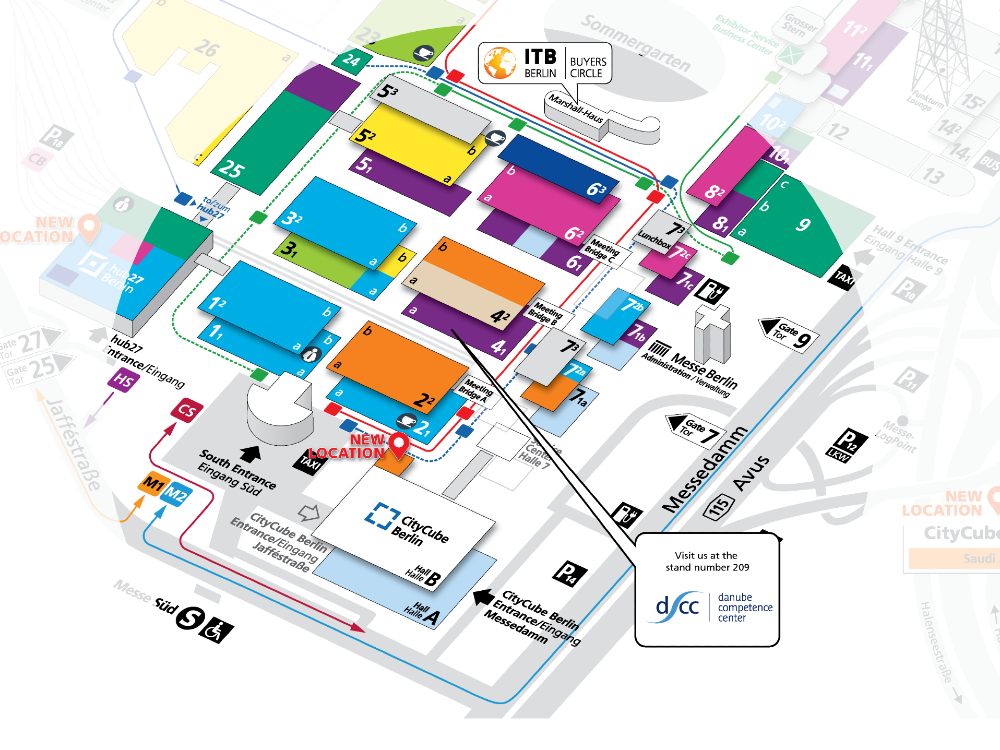
Stand: Hall 4.1 – Stand 209
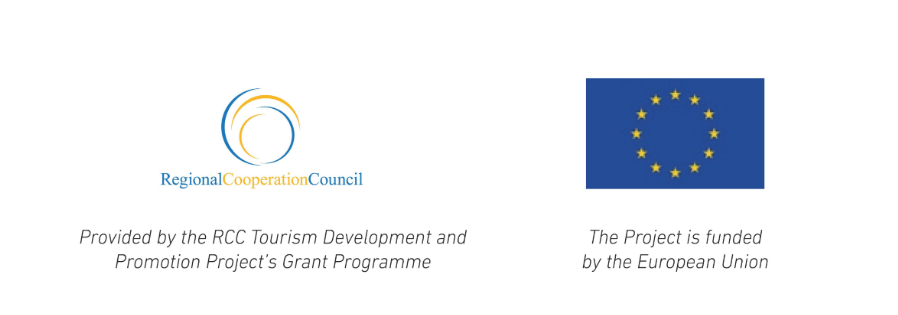
Disclaimer: This web page was created and maintained through a grant provided by the Regional Cooperation Council’s Tourism Development and Promotion Project, funded by the European Union. Its contents are the sole responsibility of the Danube Competence Center and do not necessarily reflect the views of the Regional Cooperation Council or the European Union.
